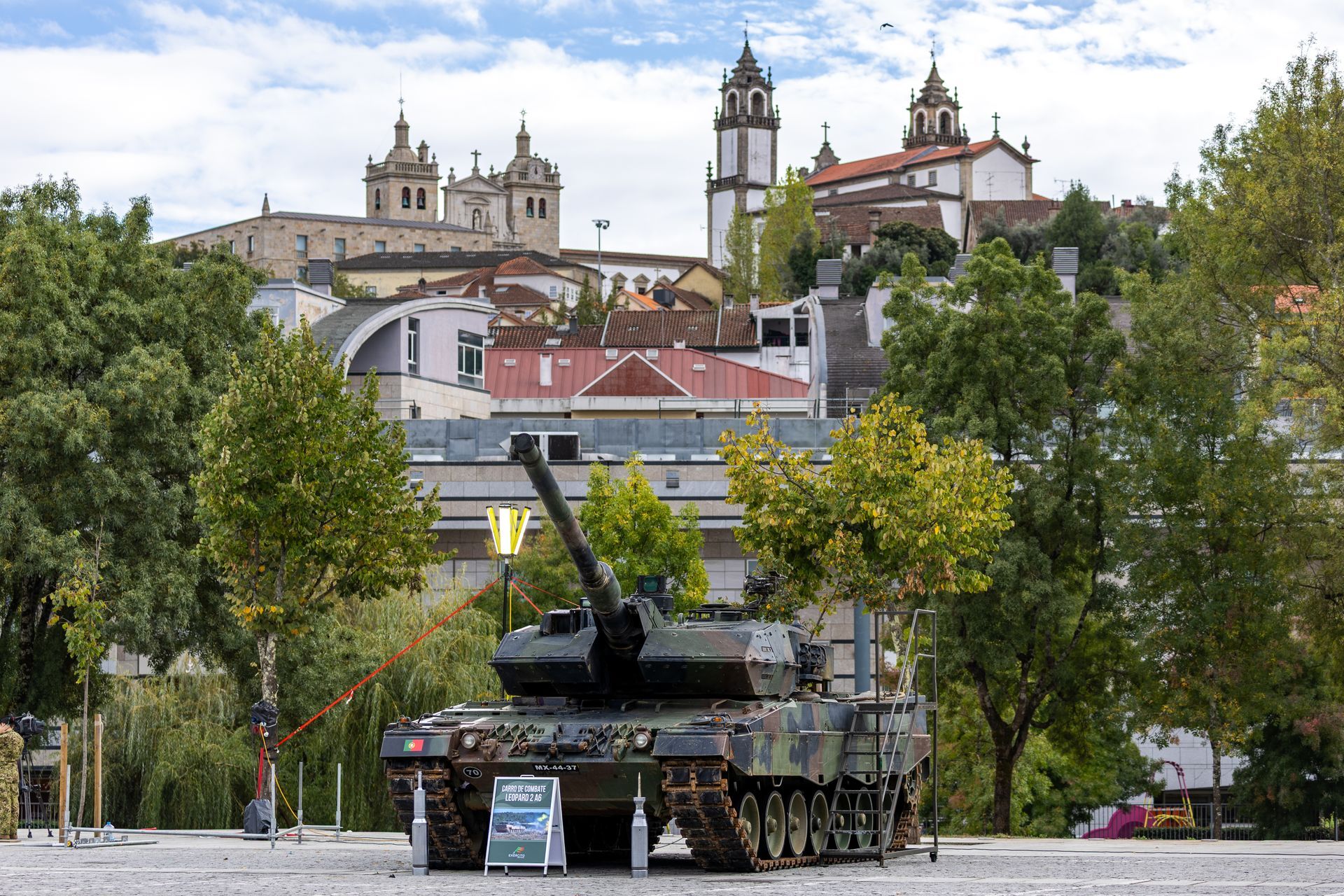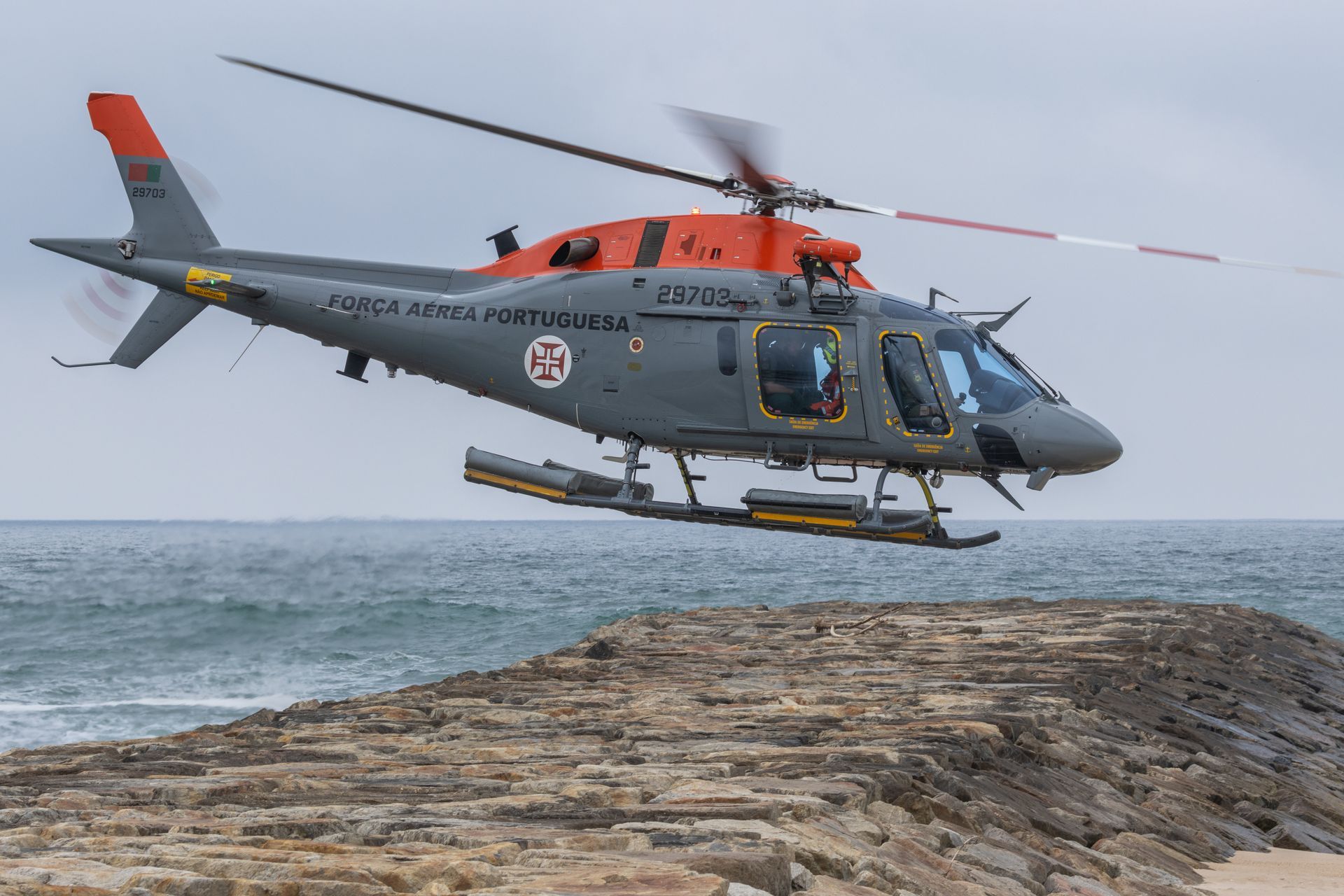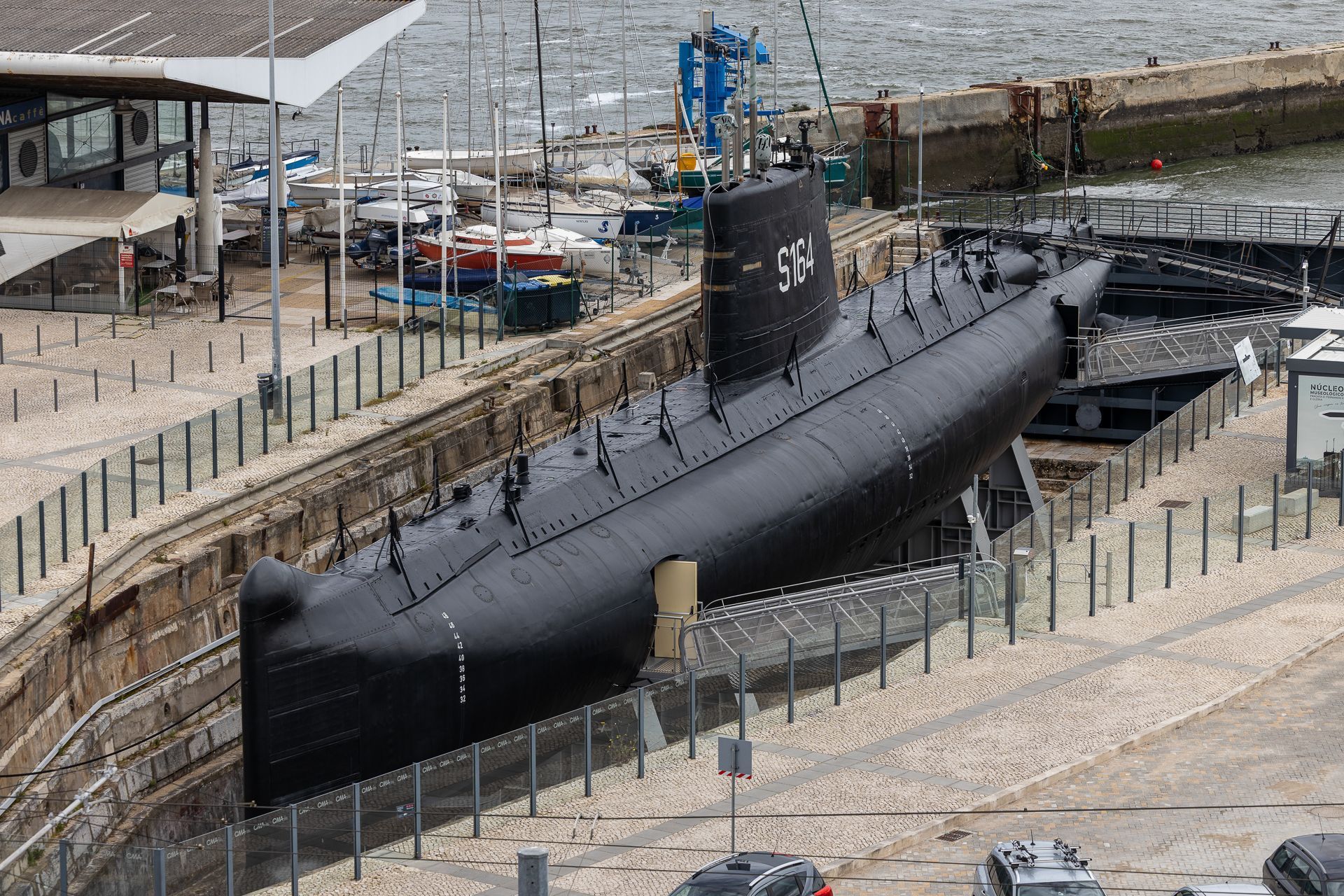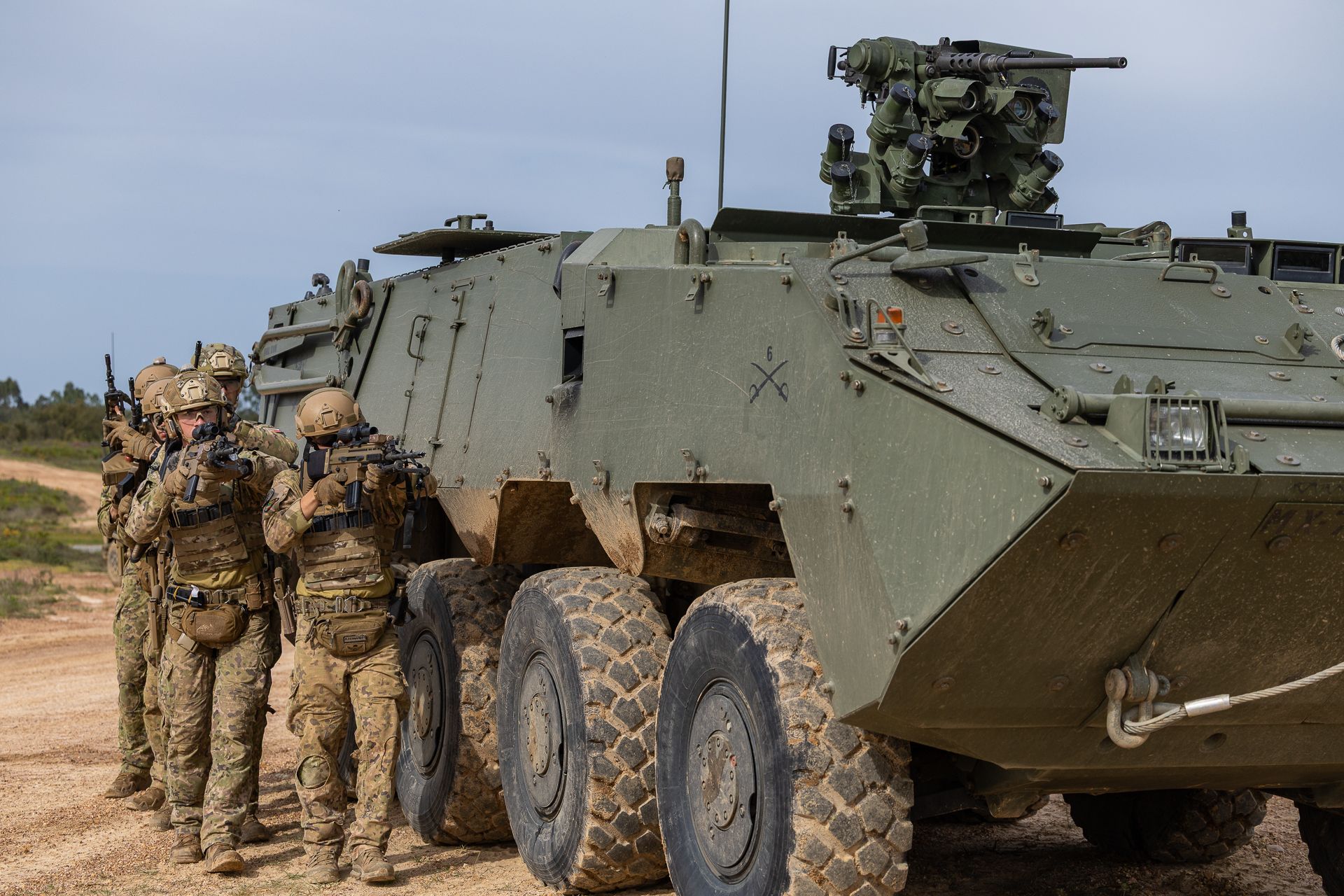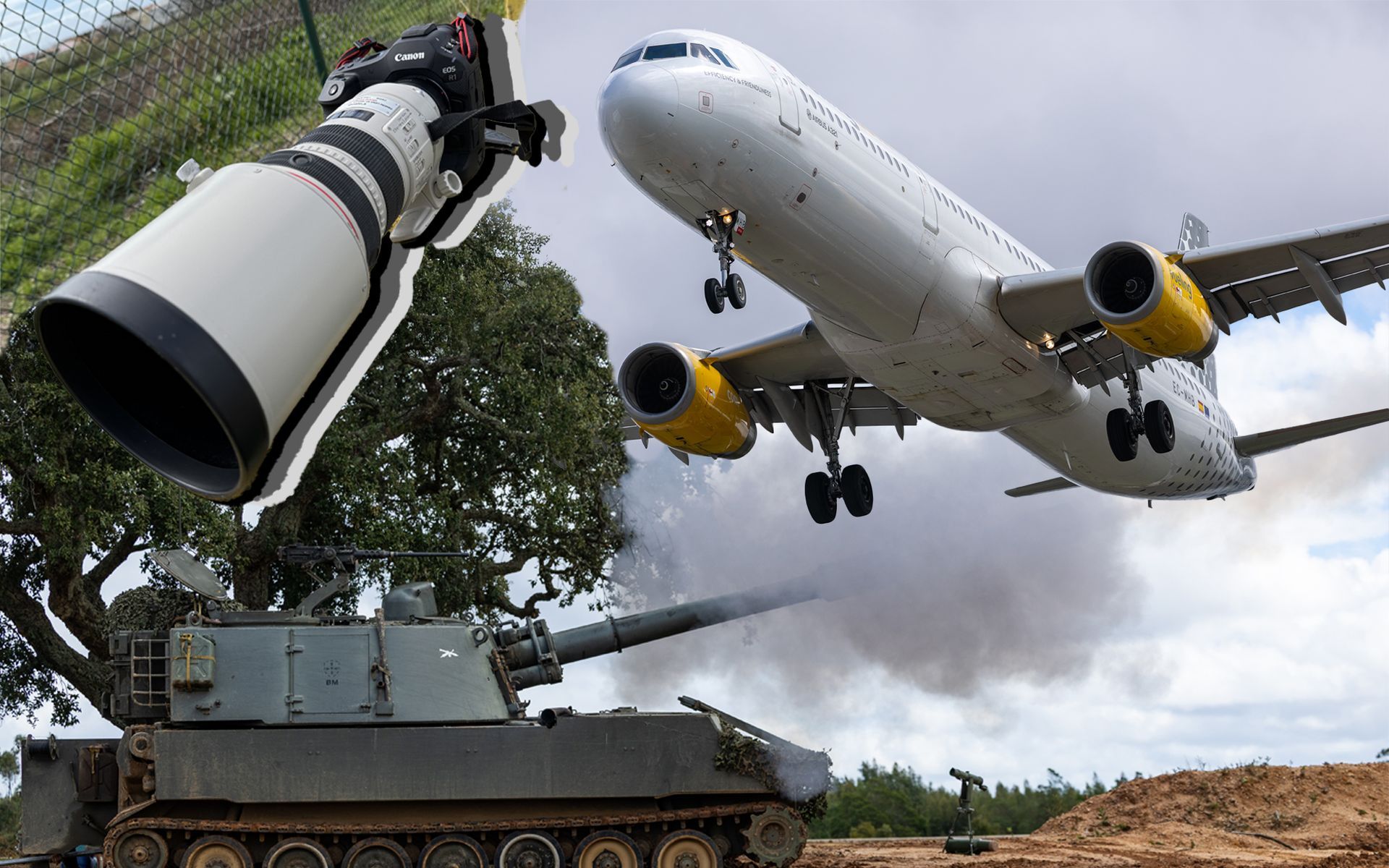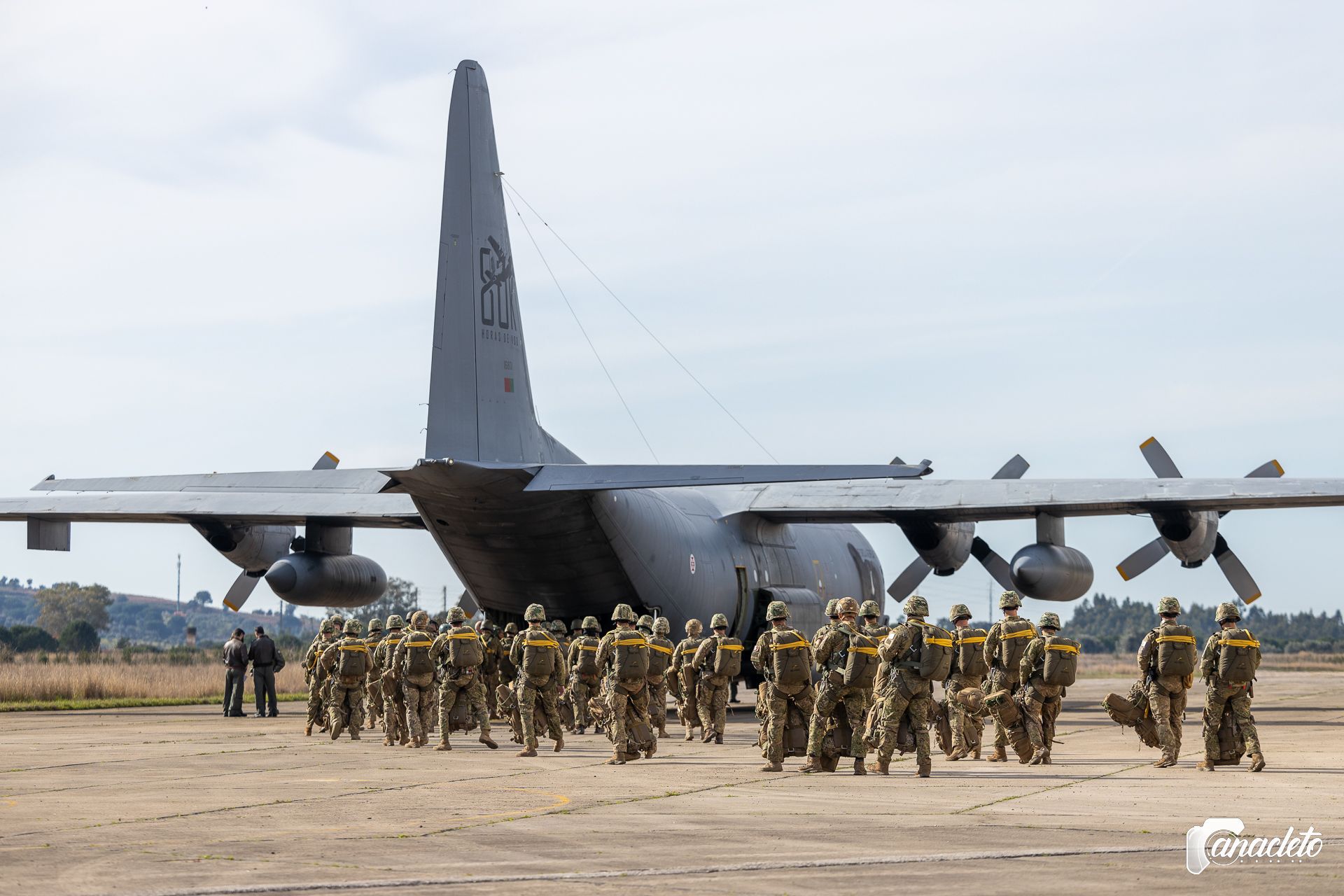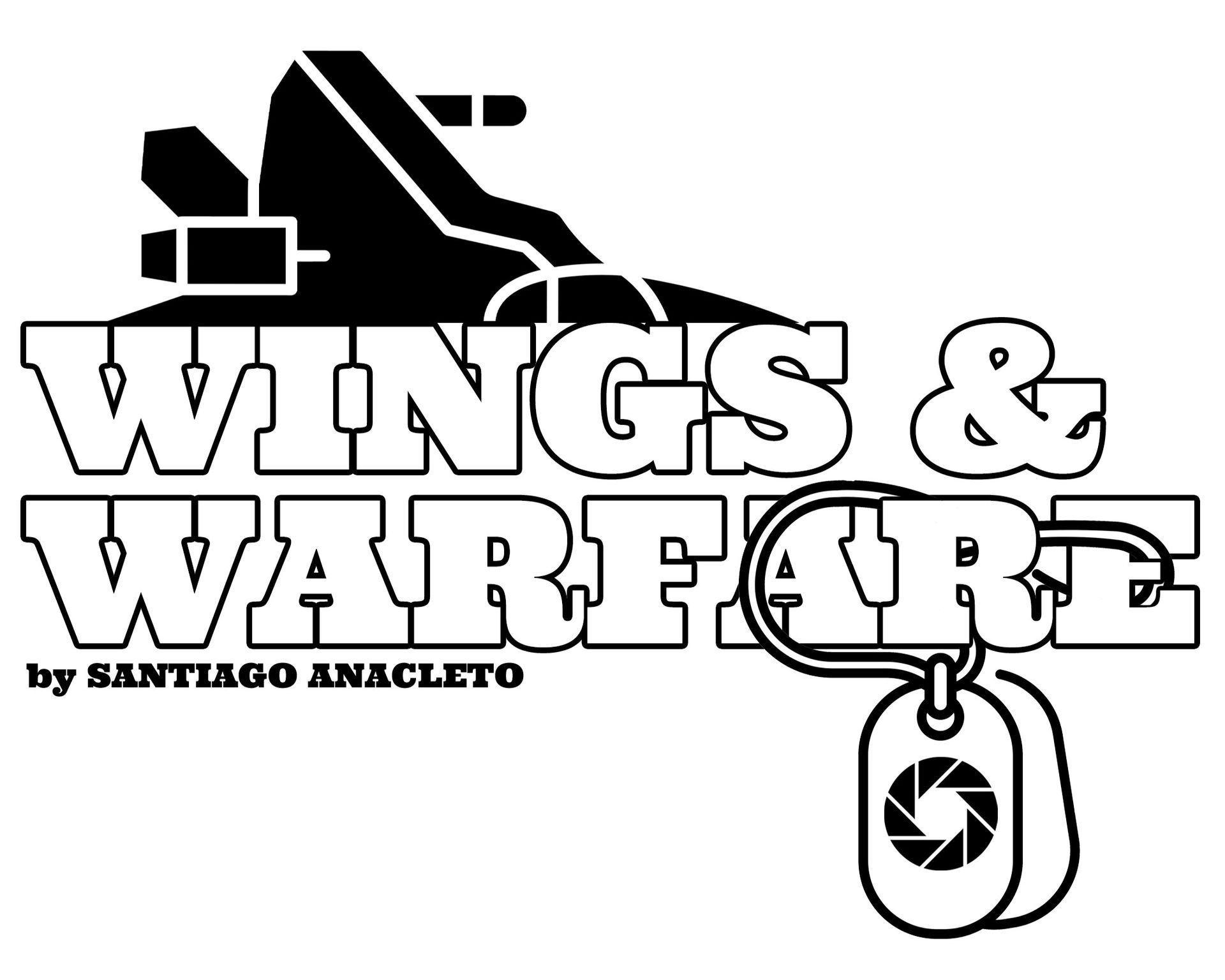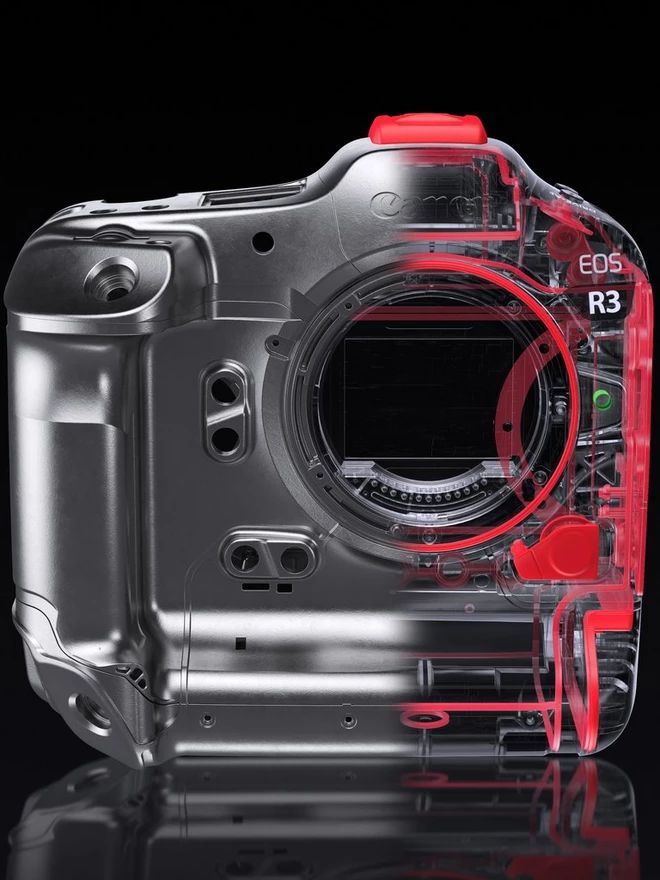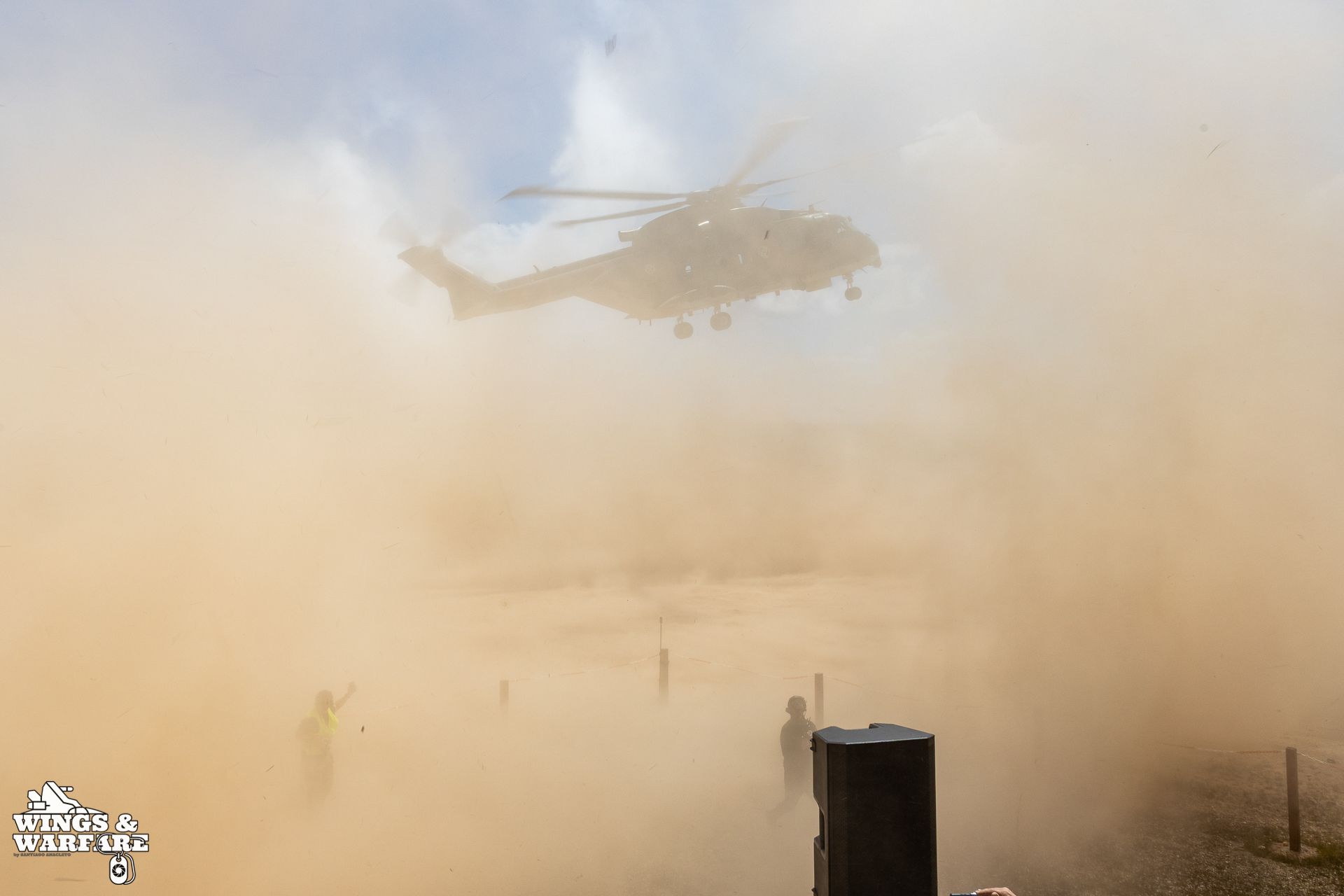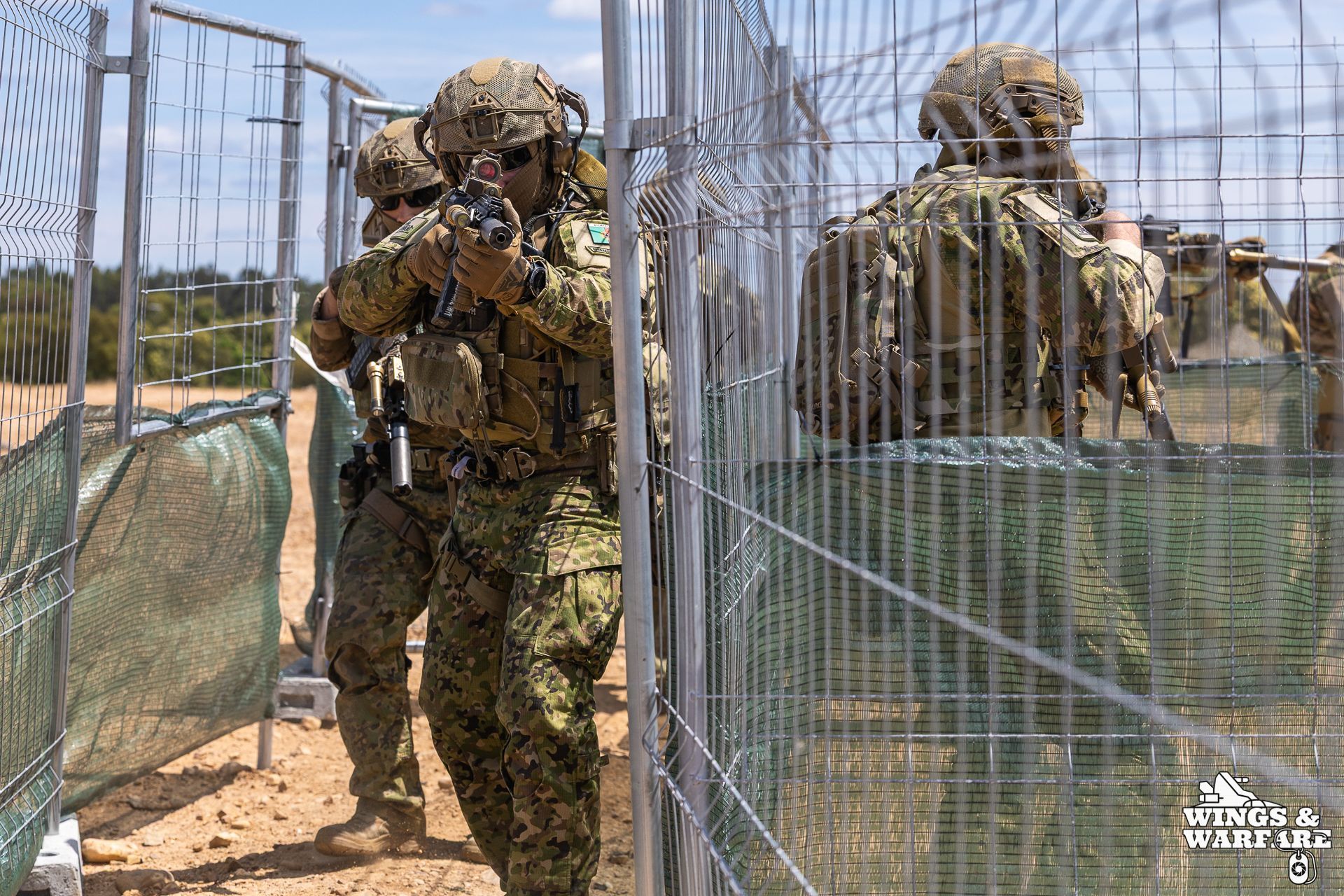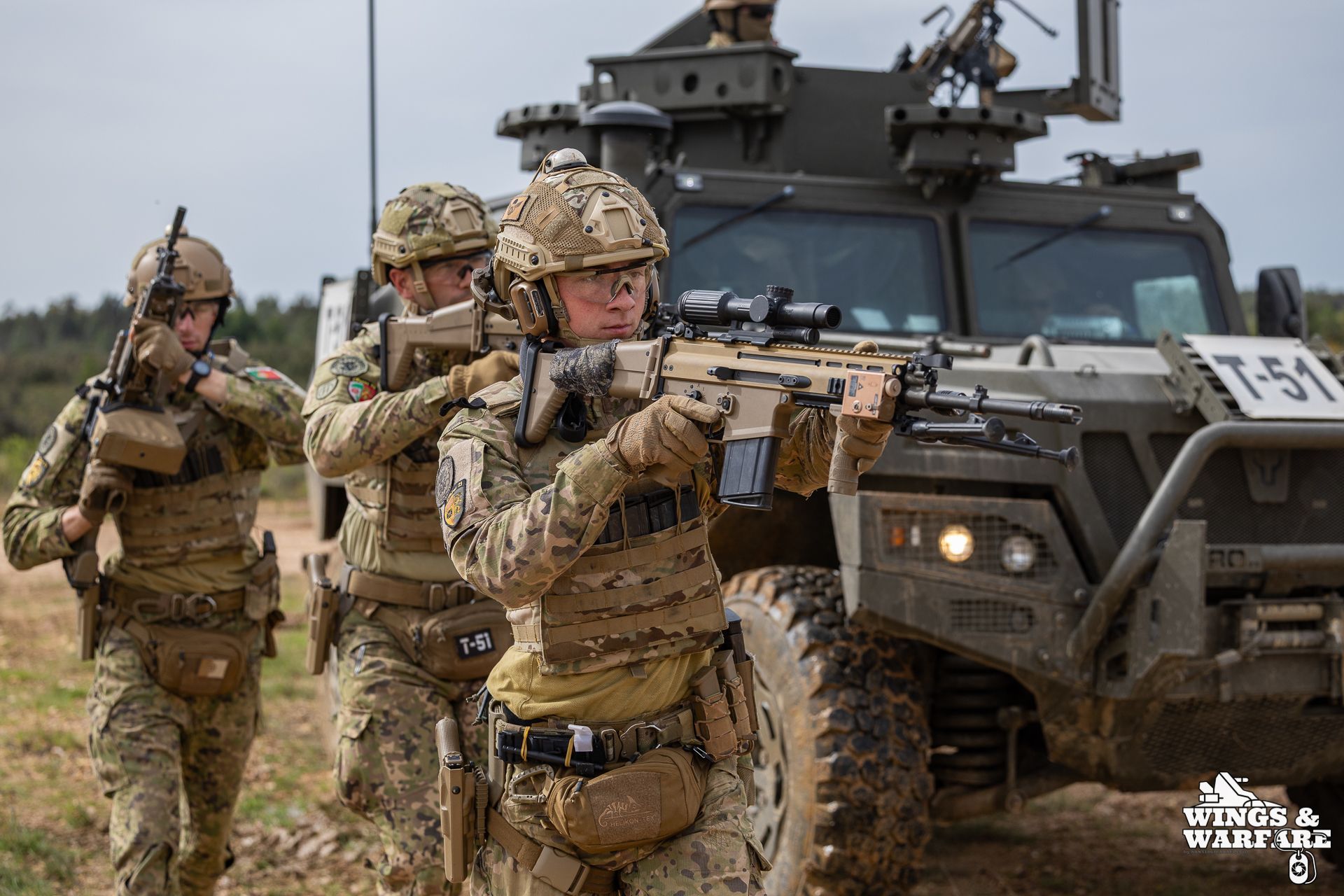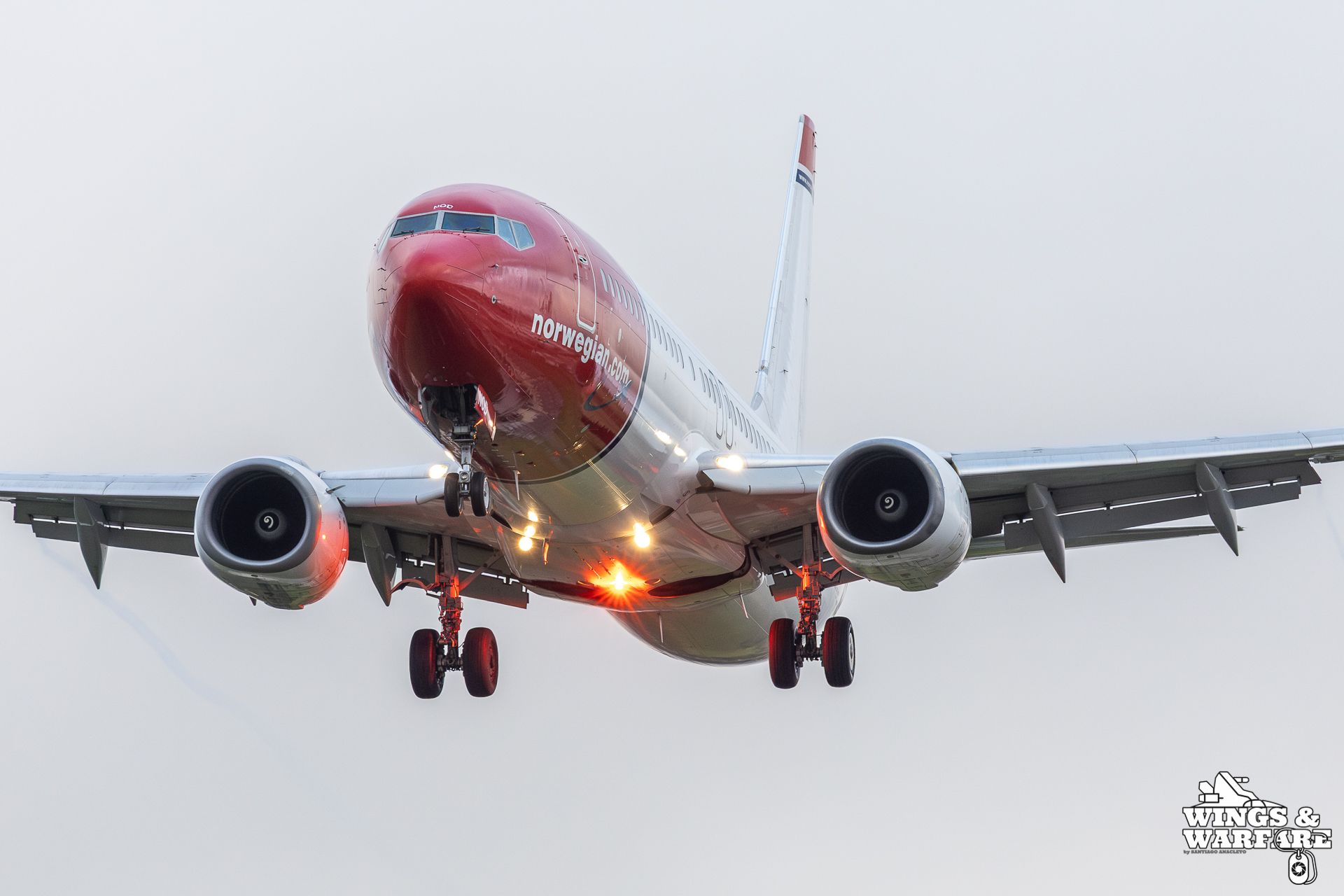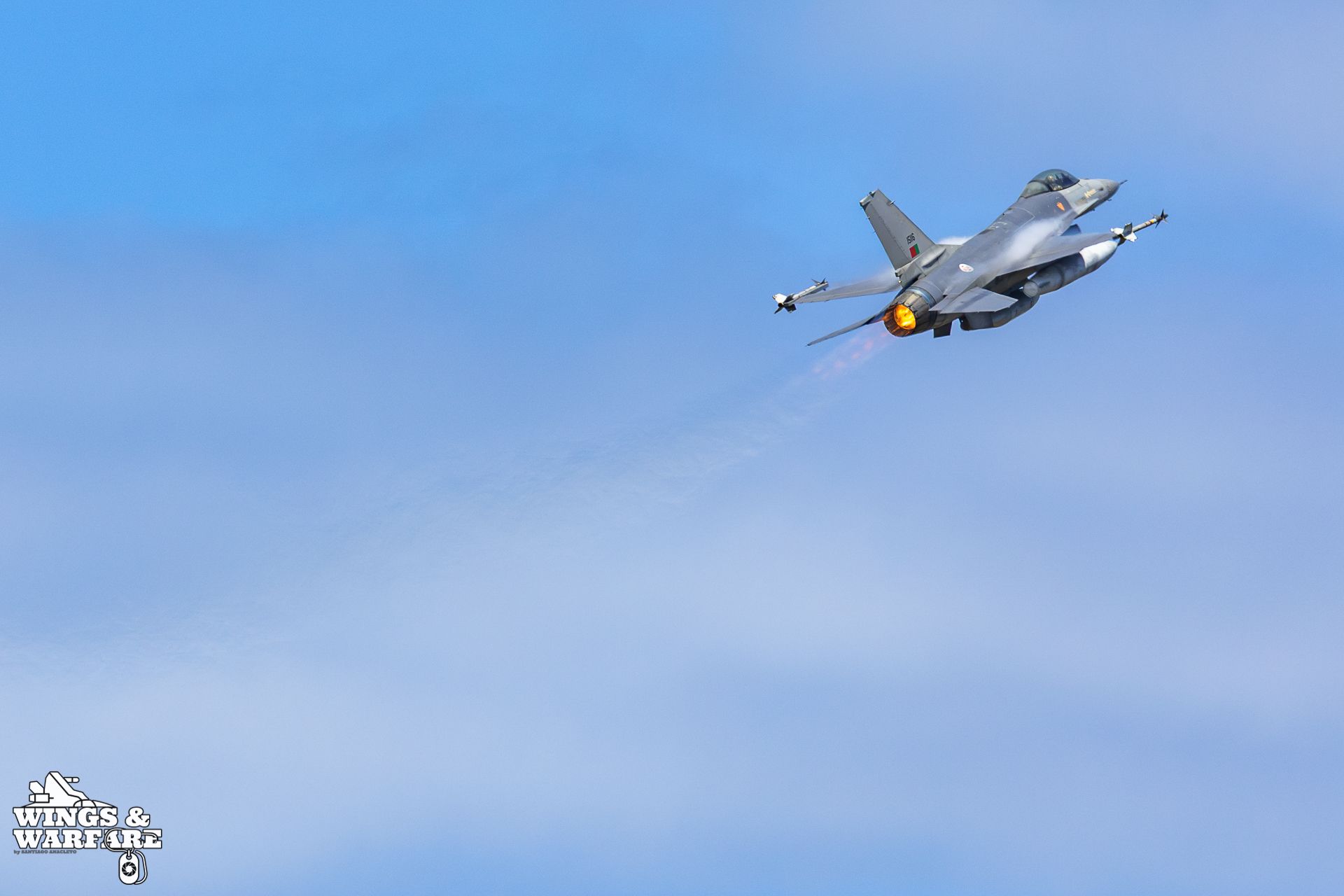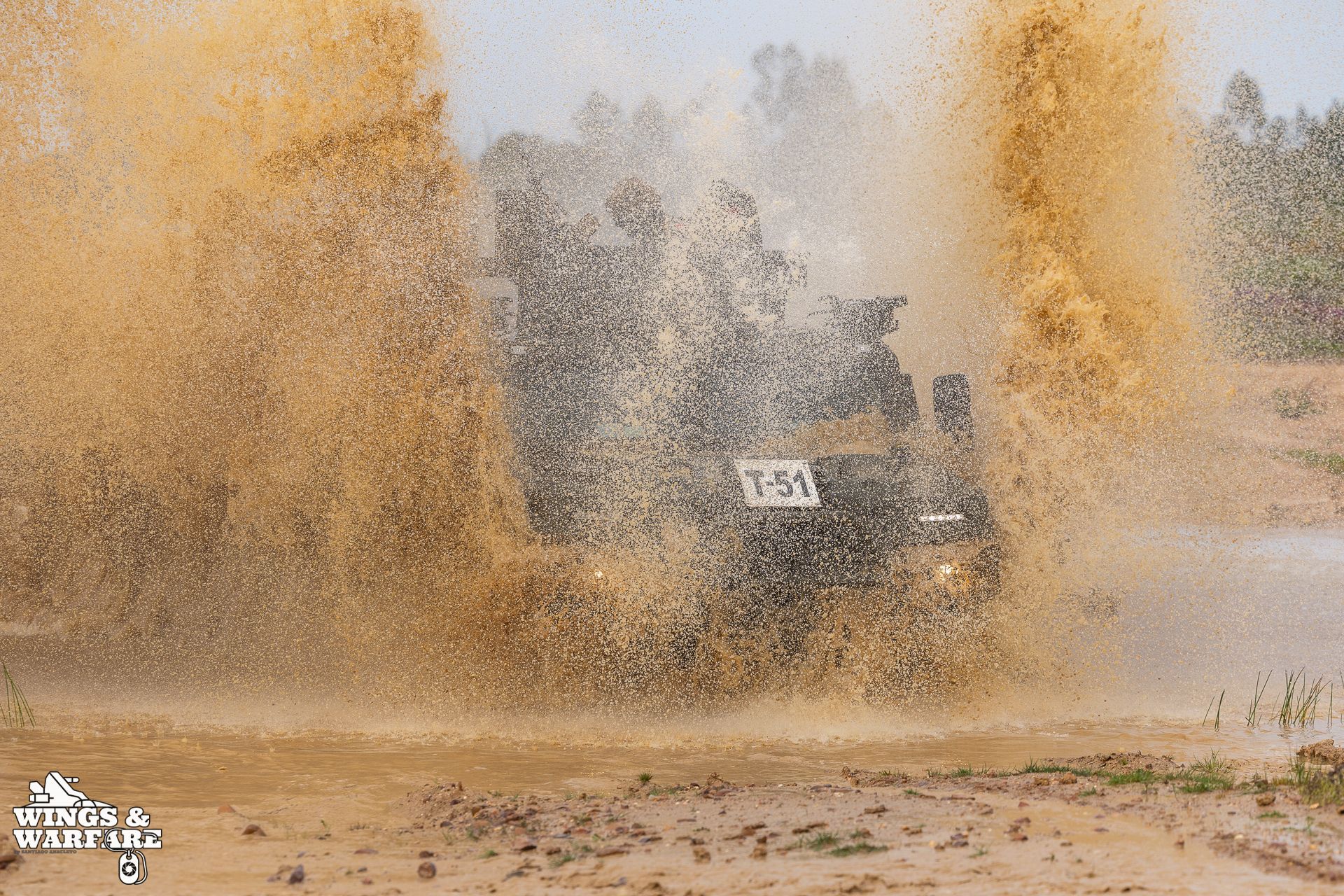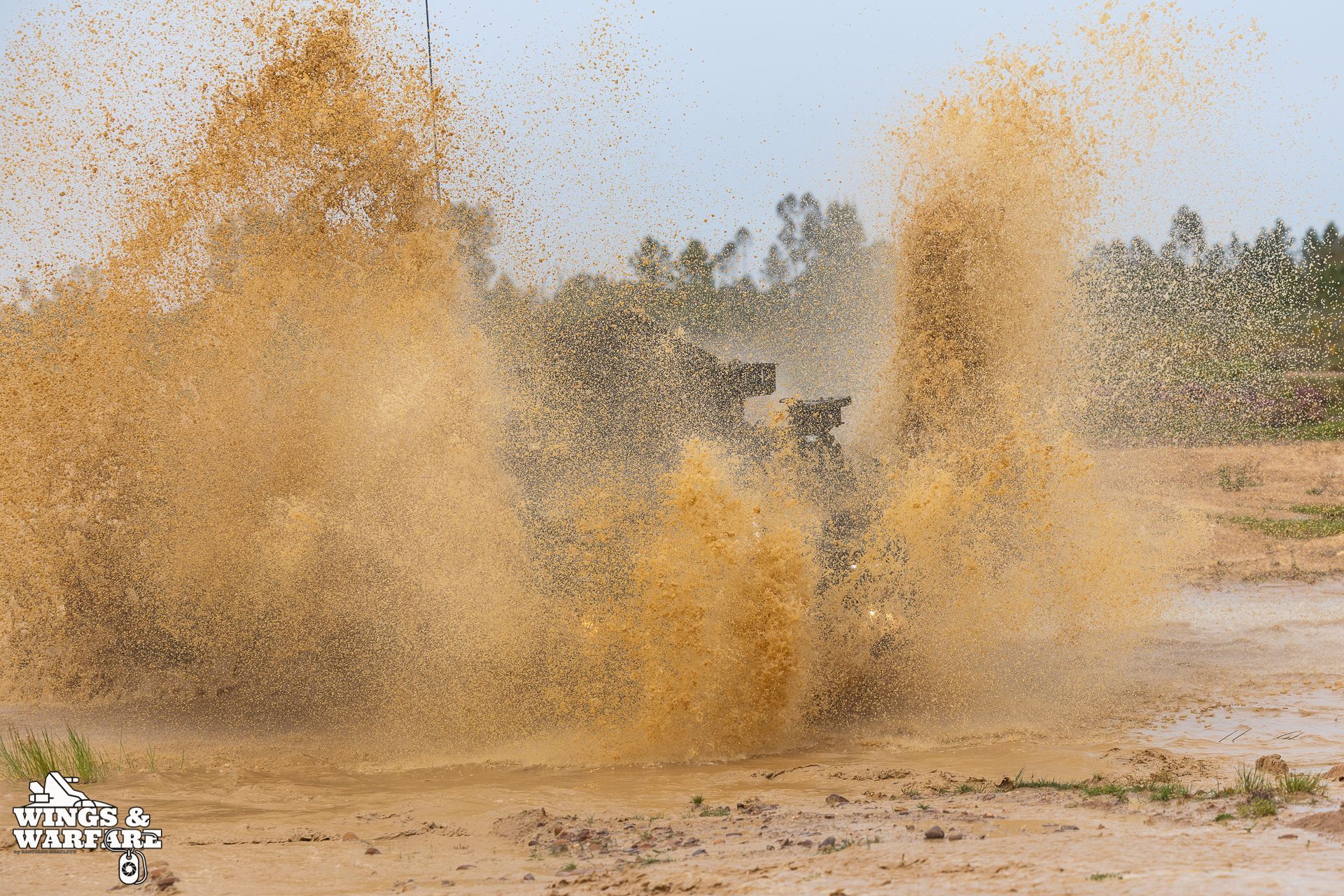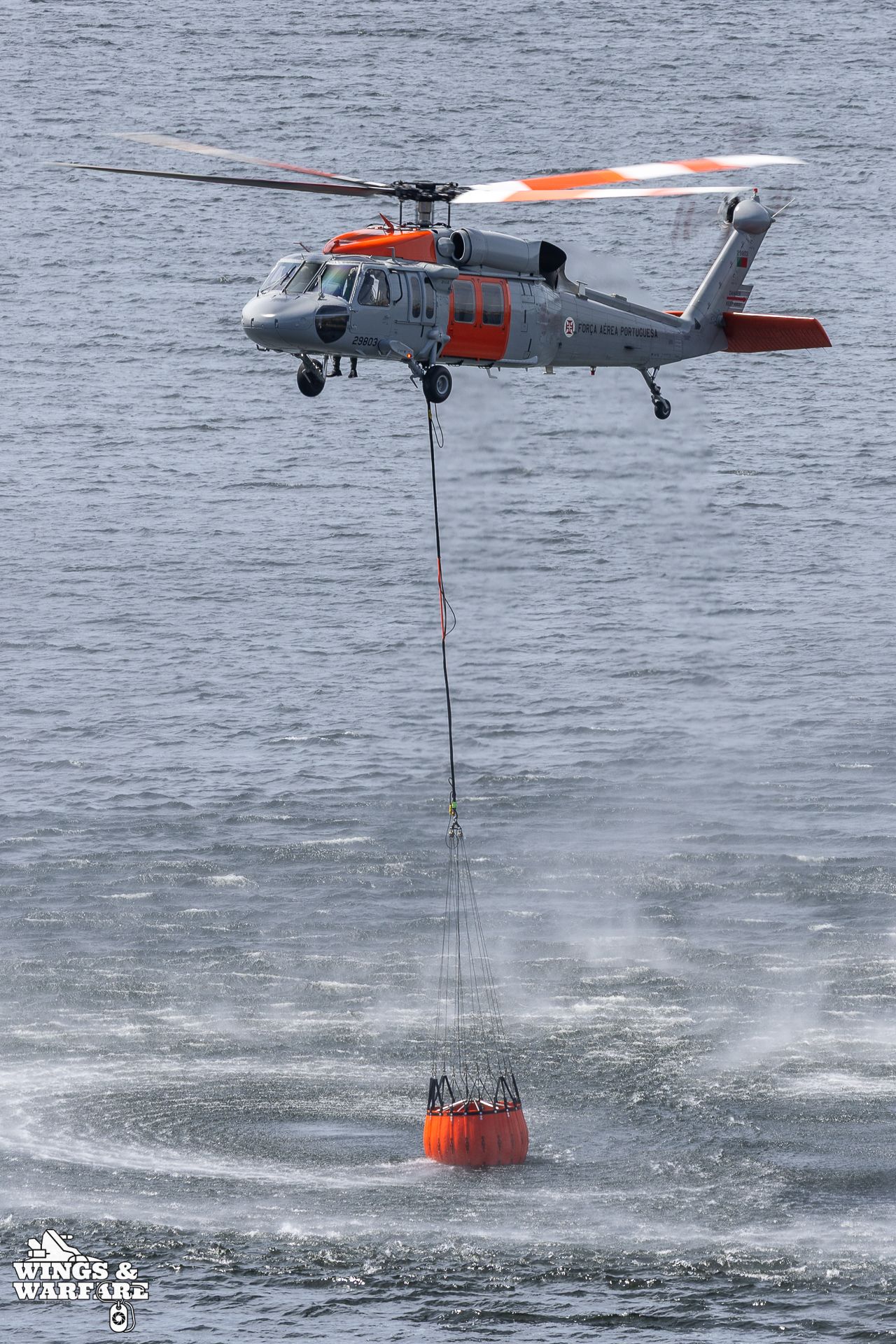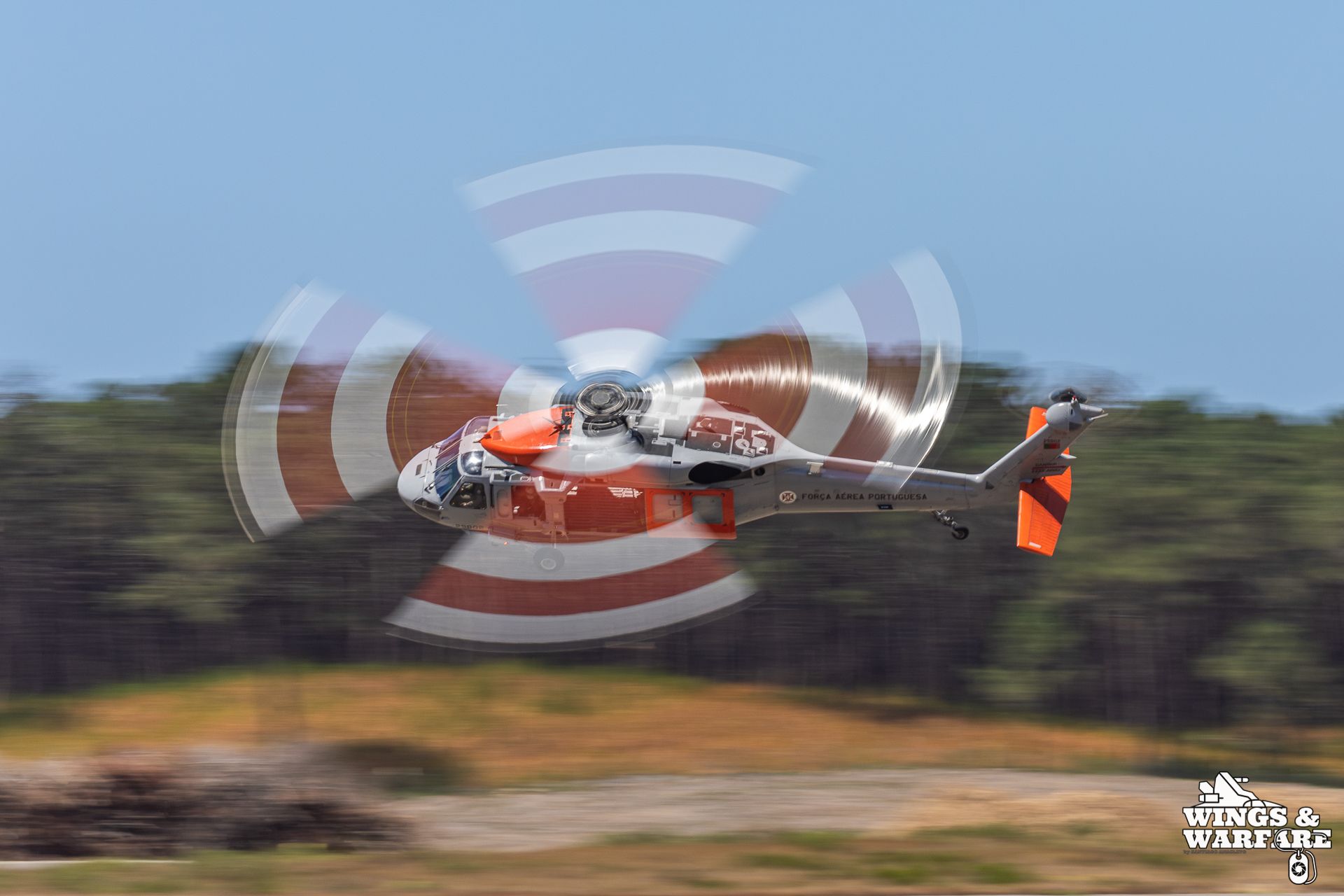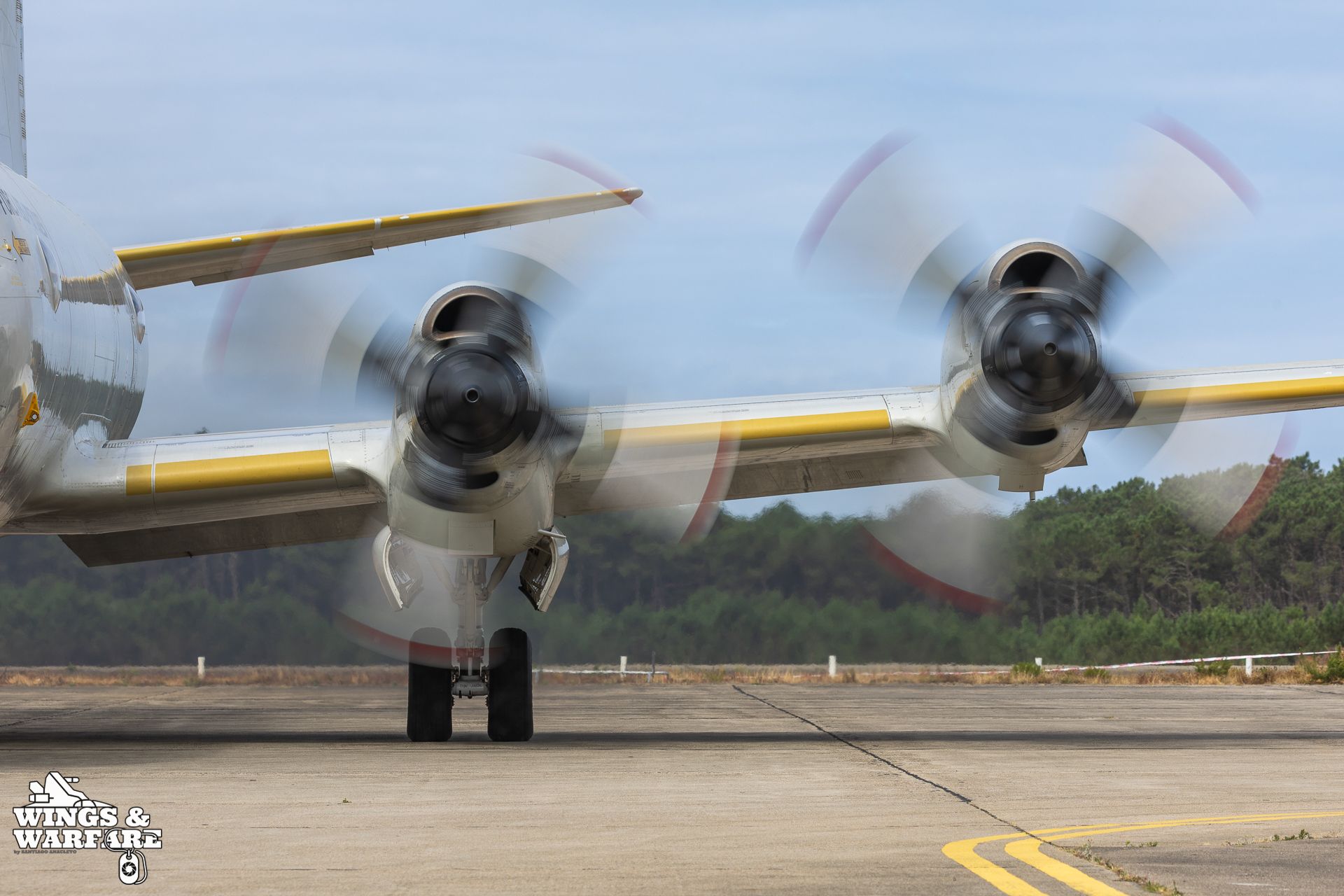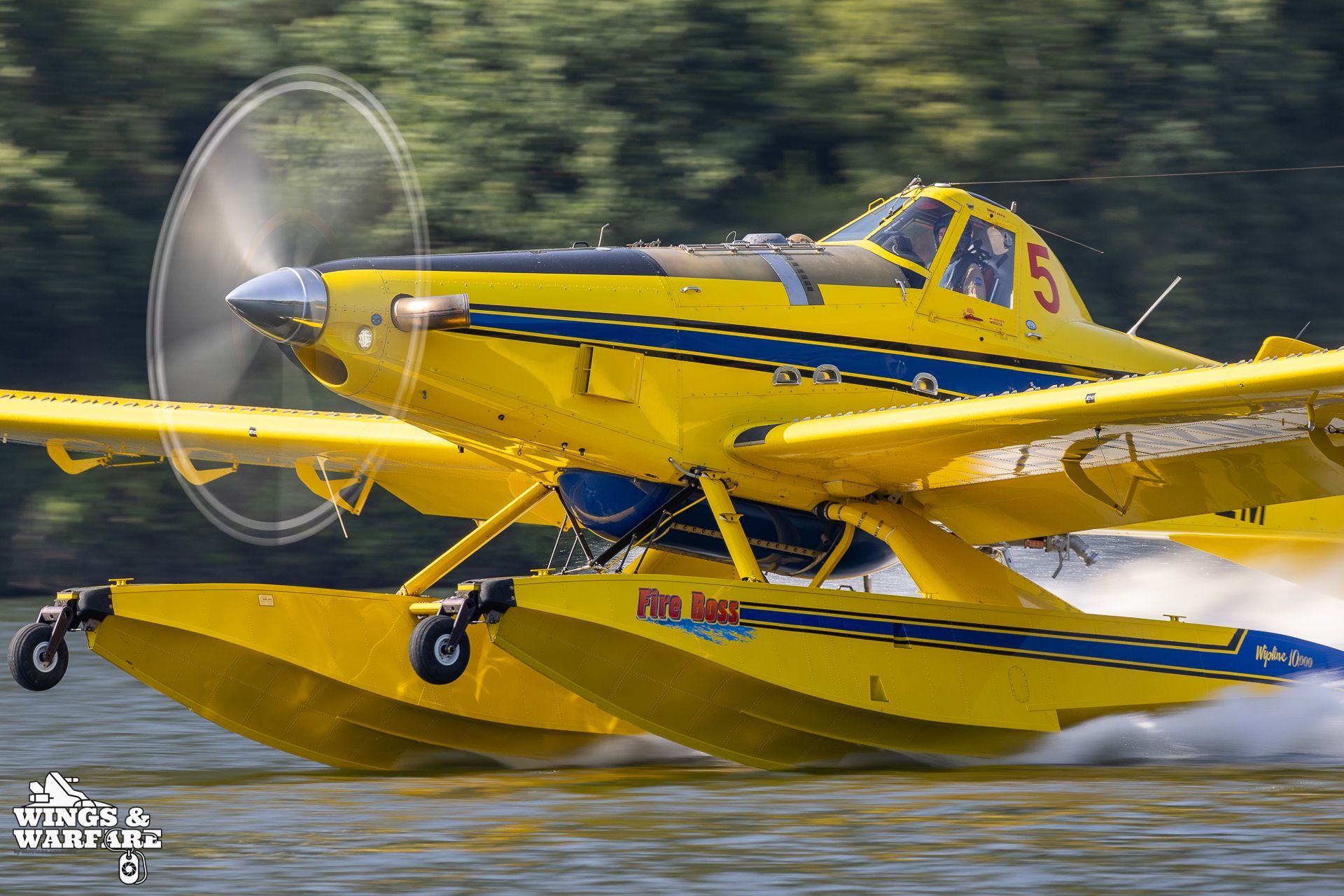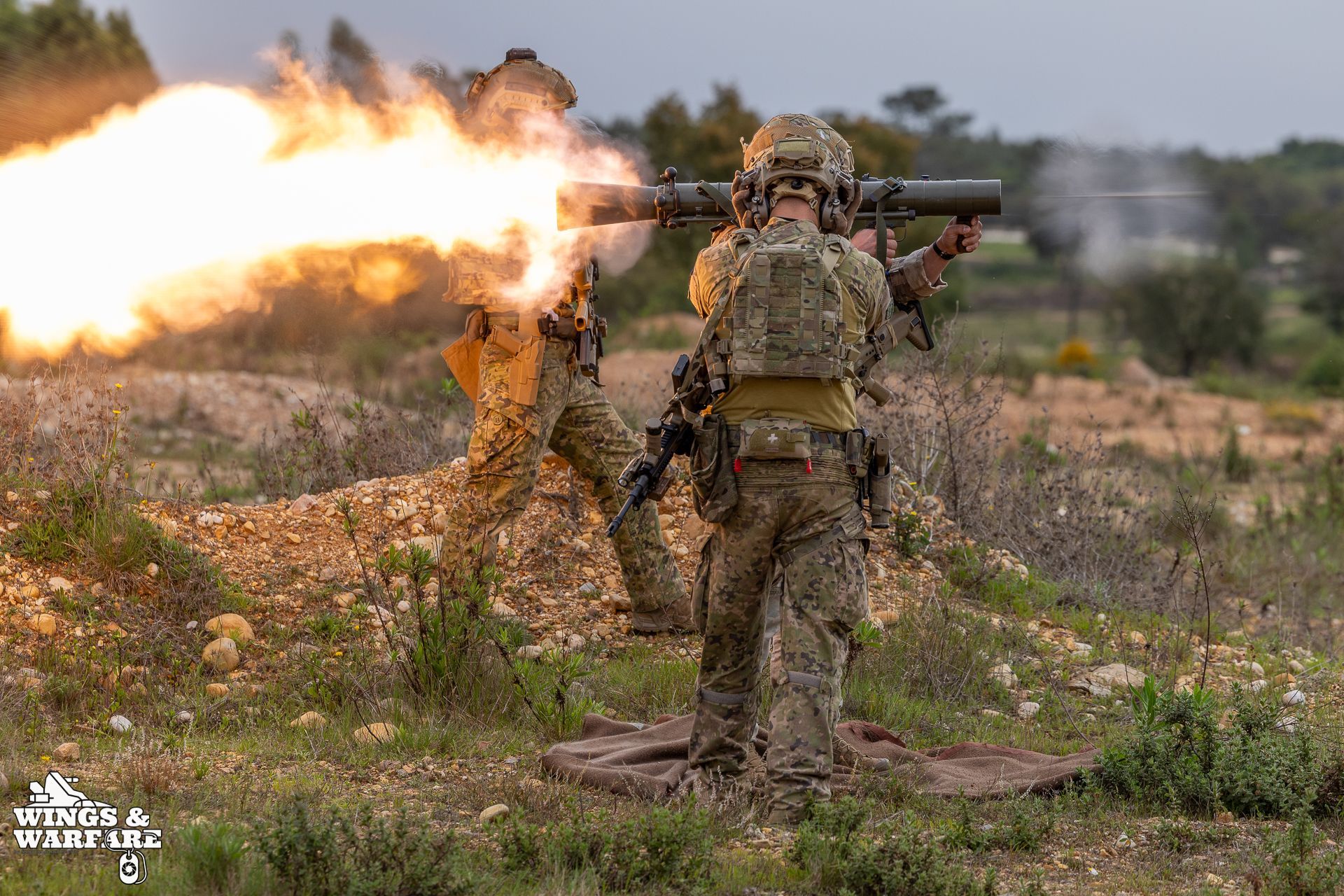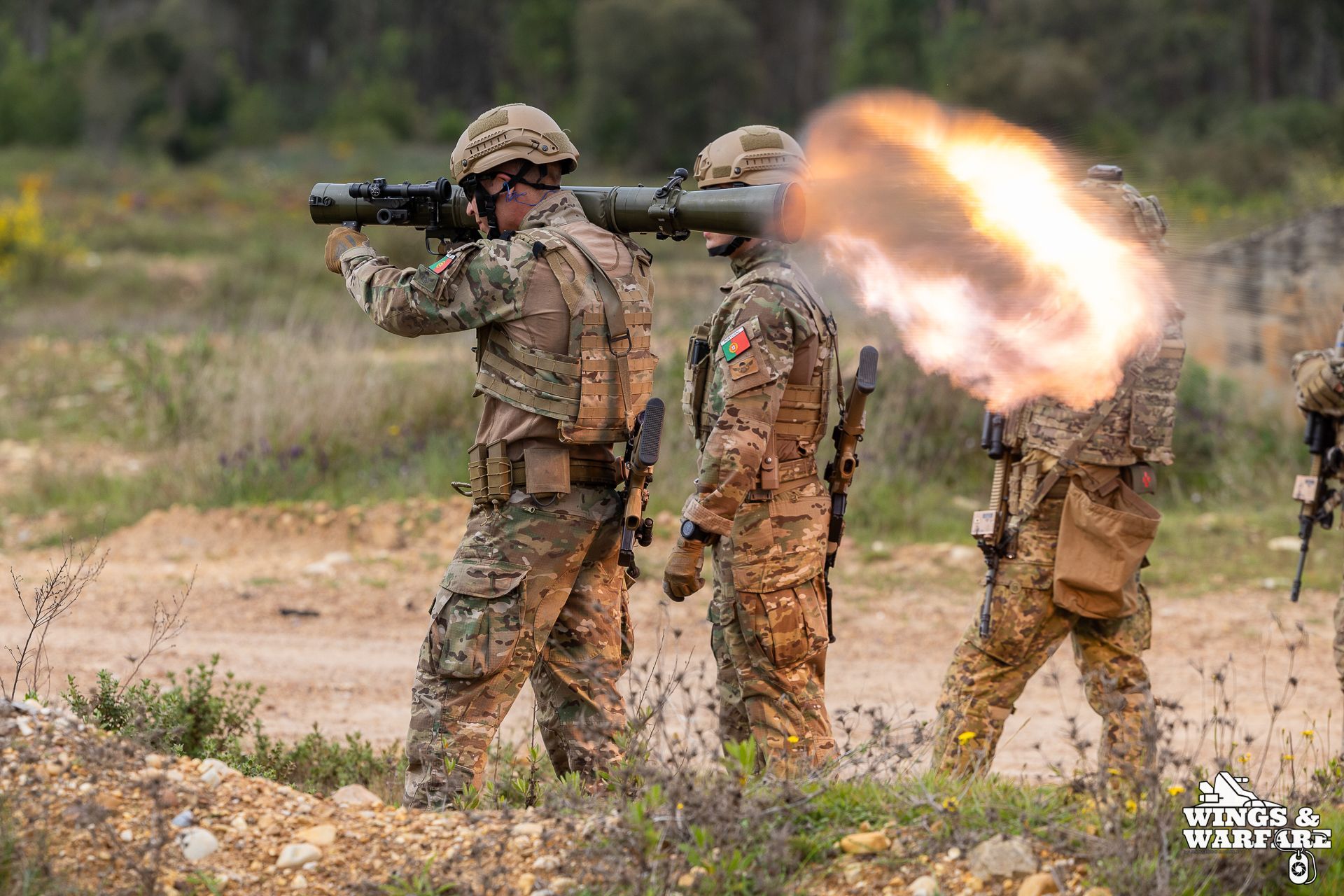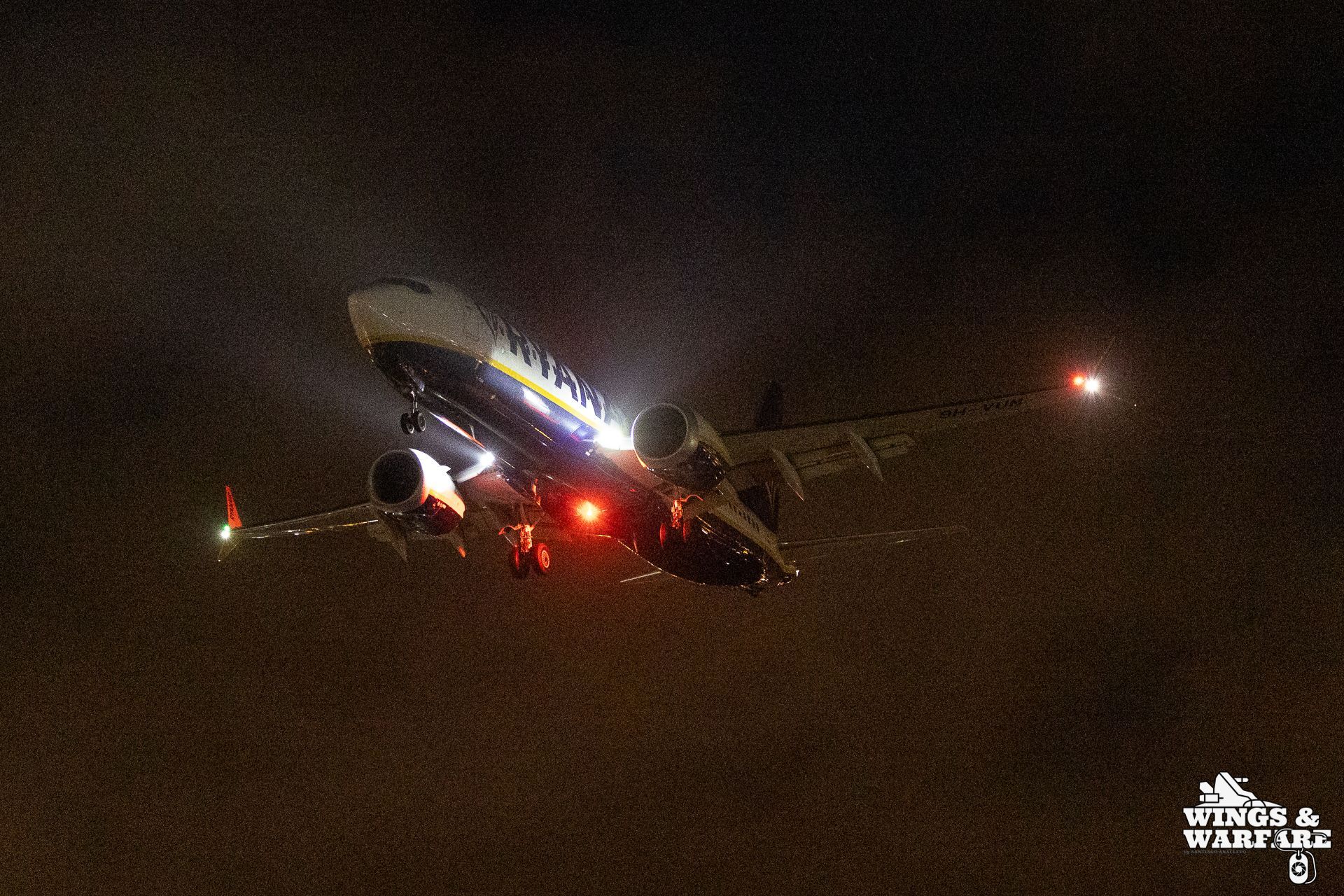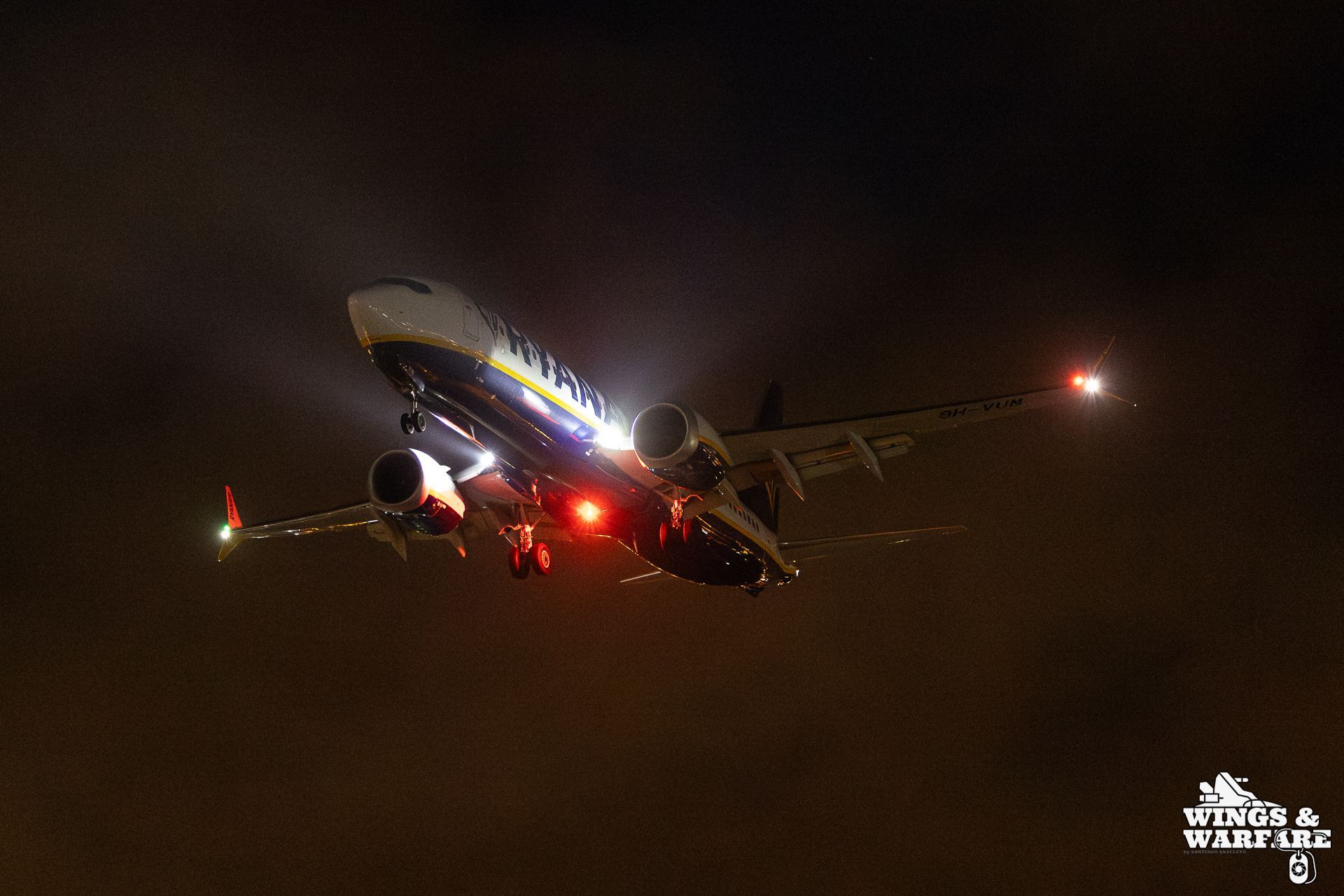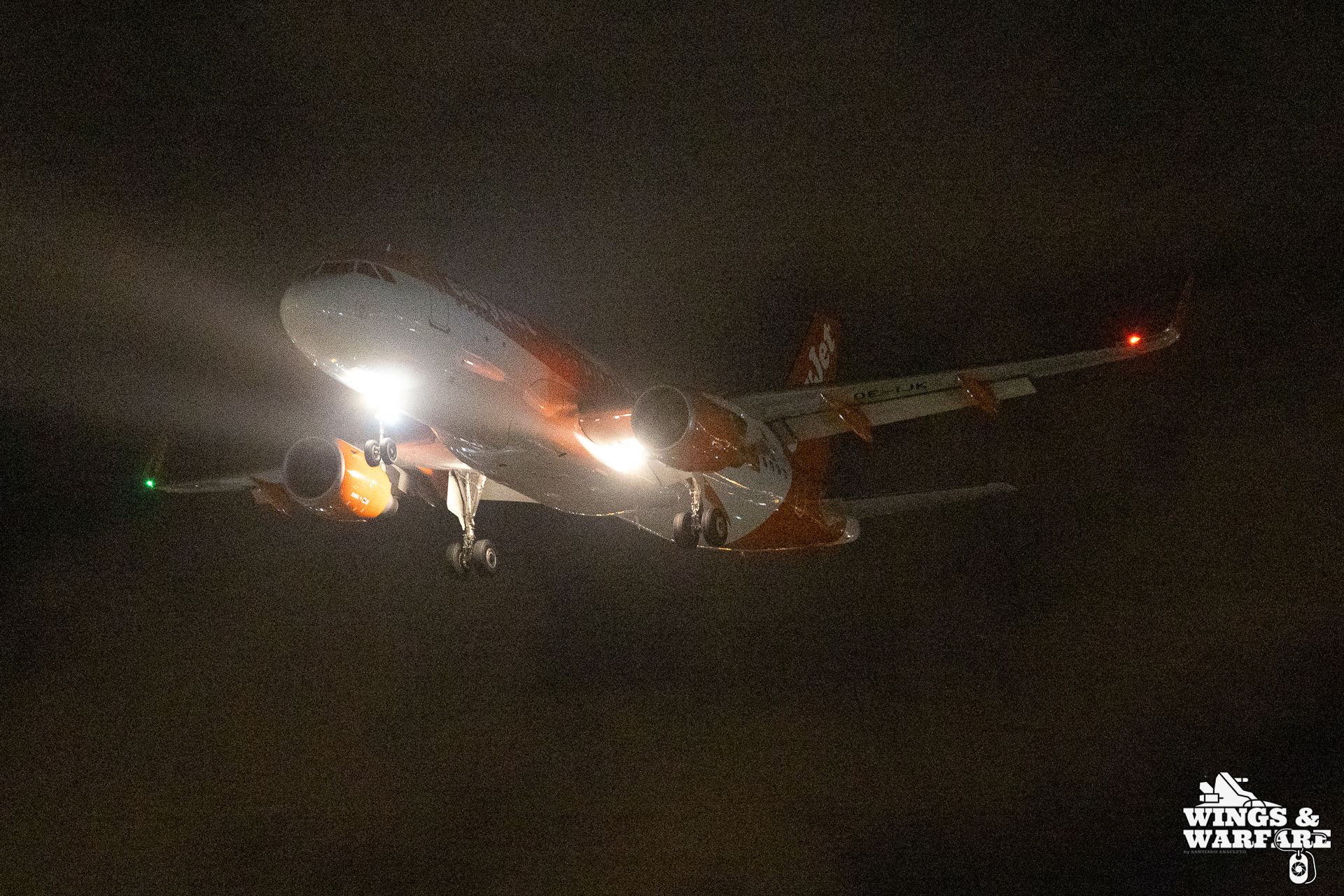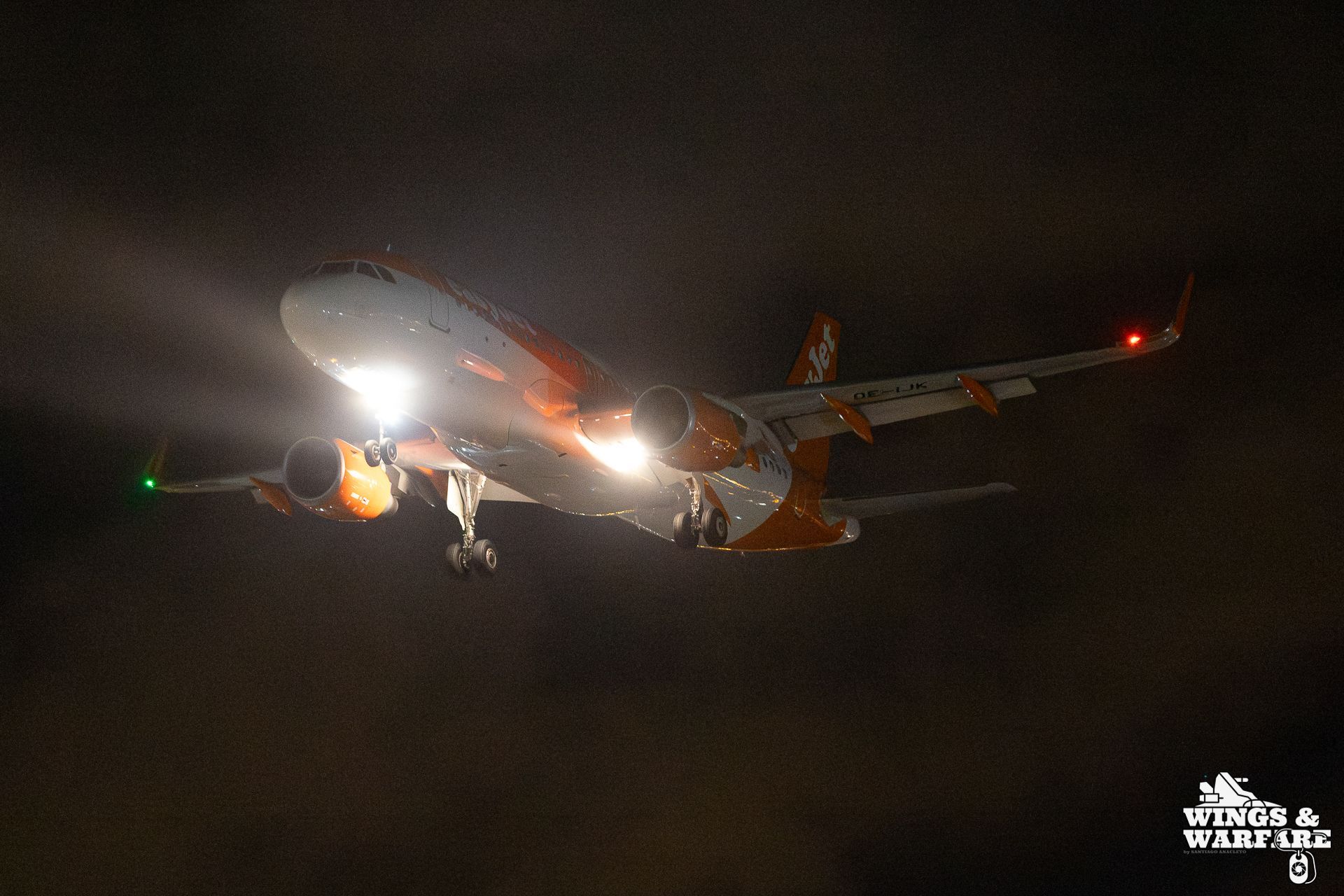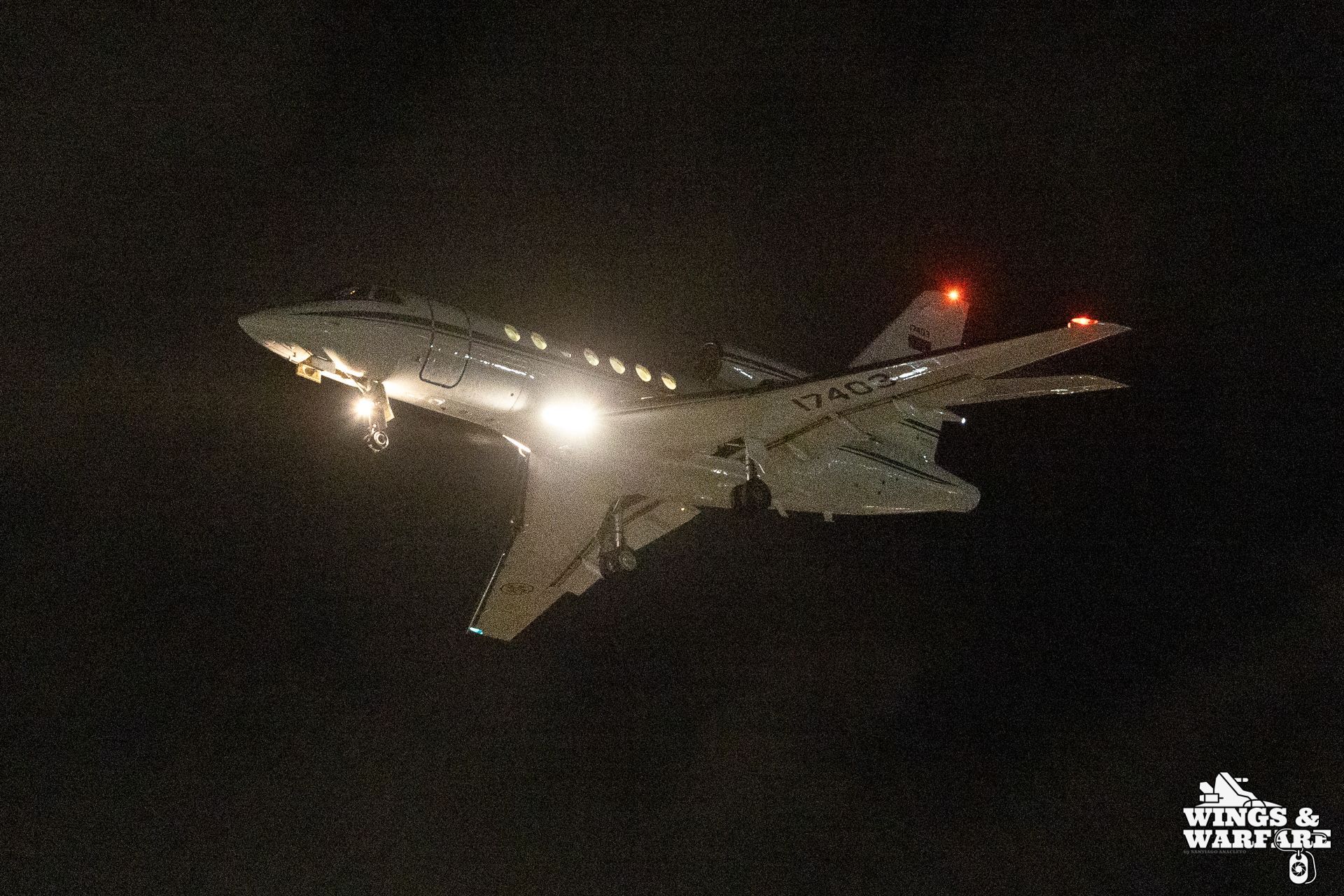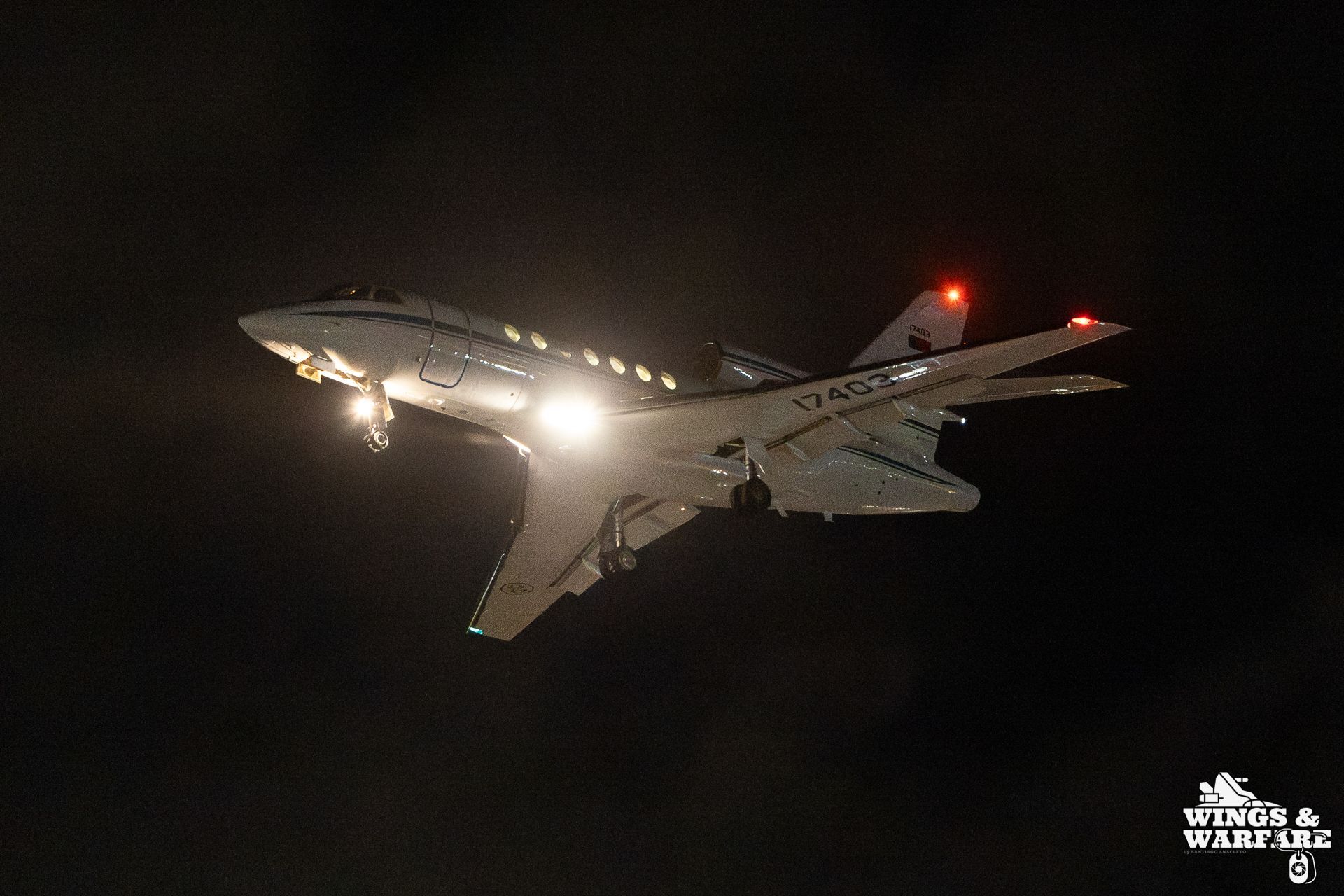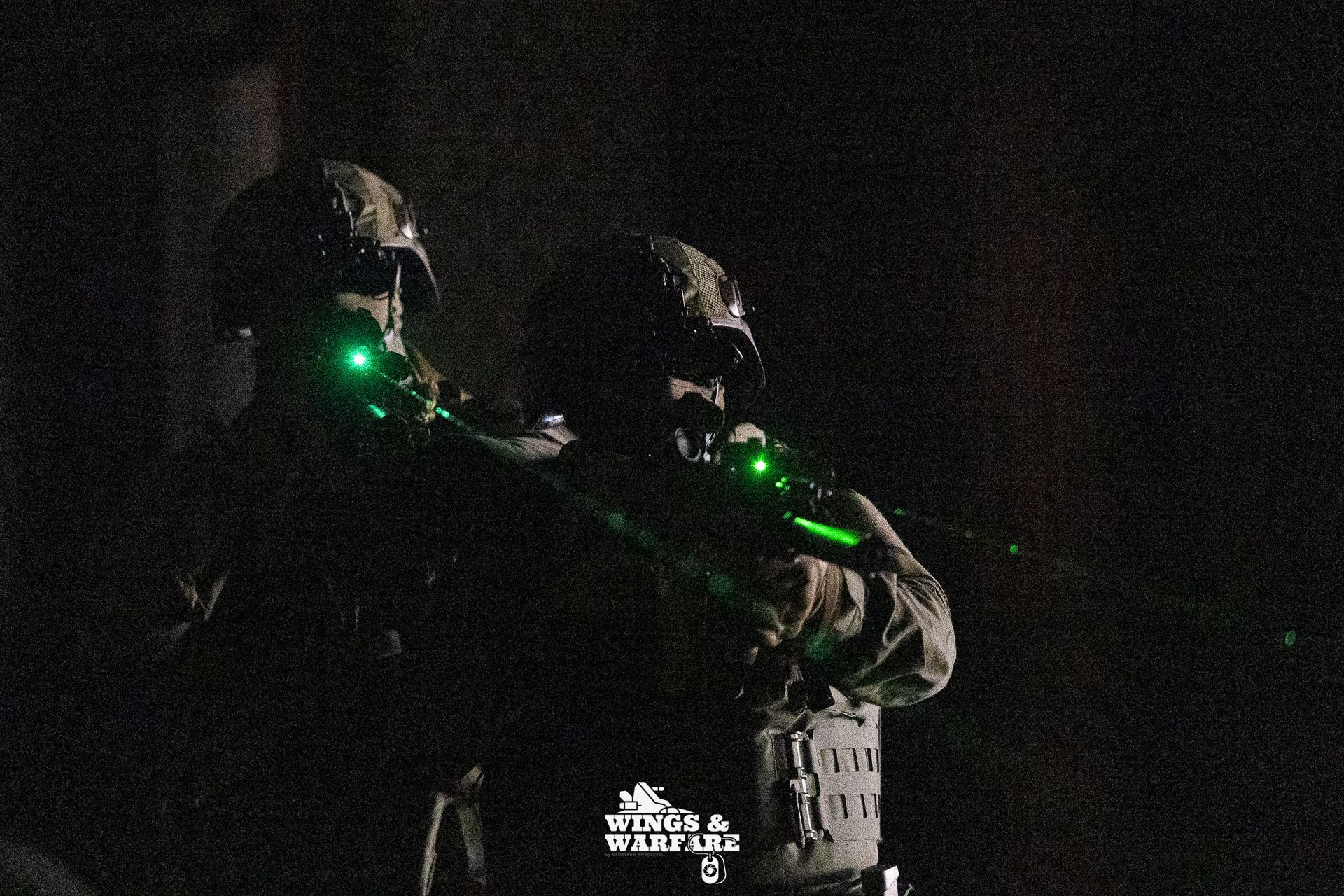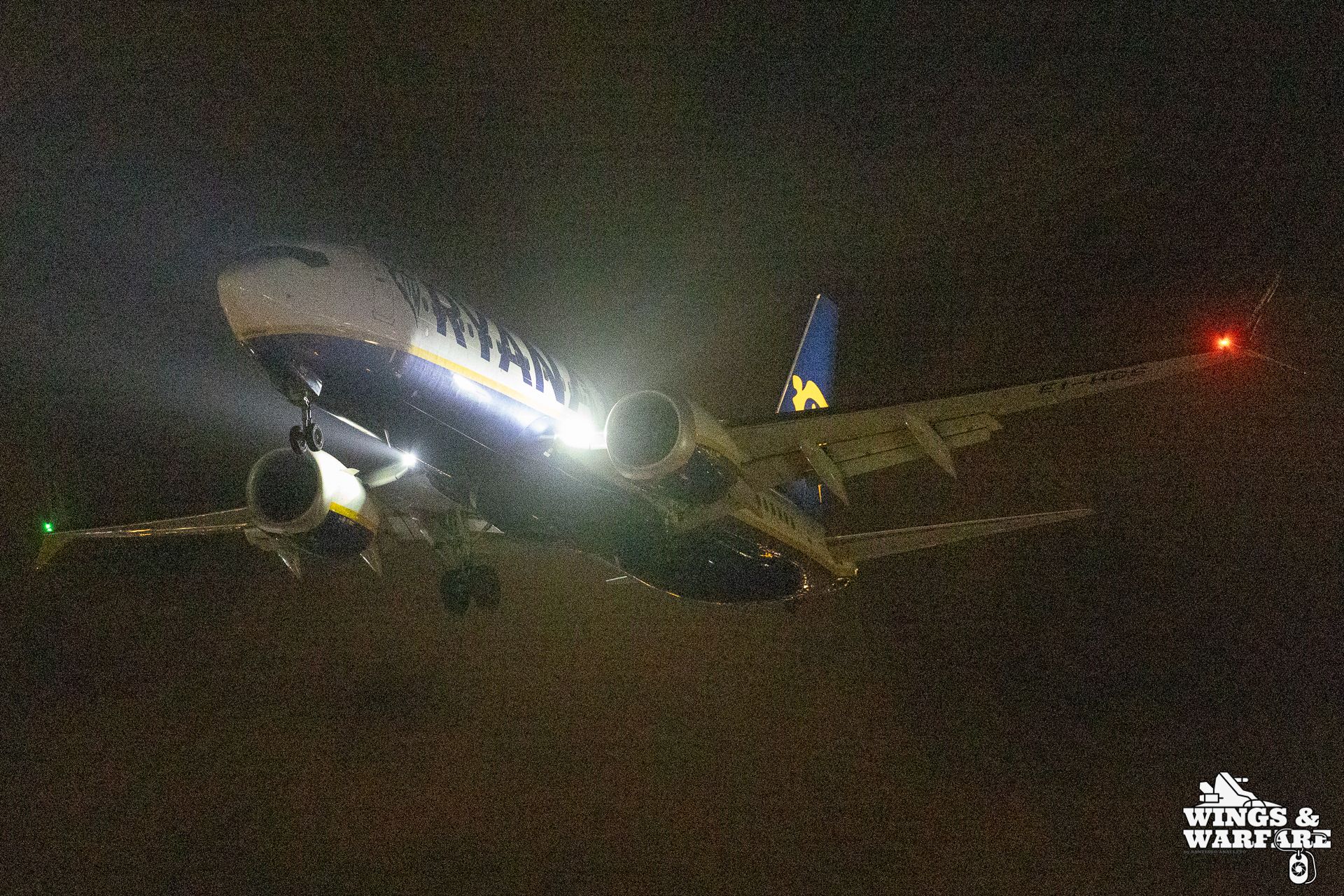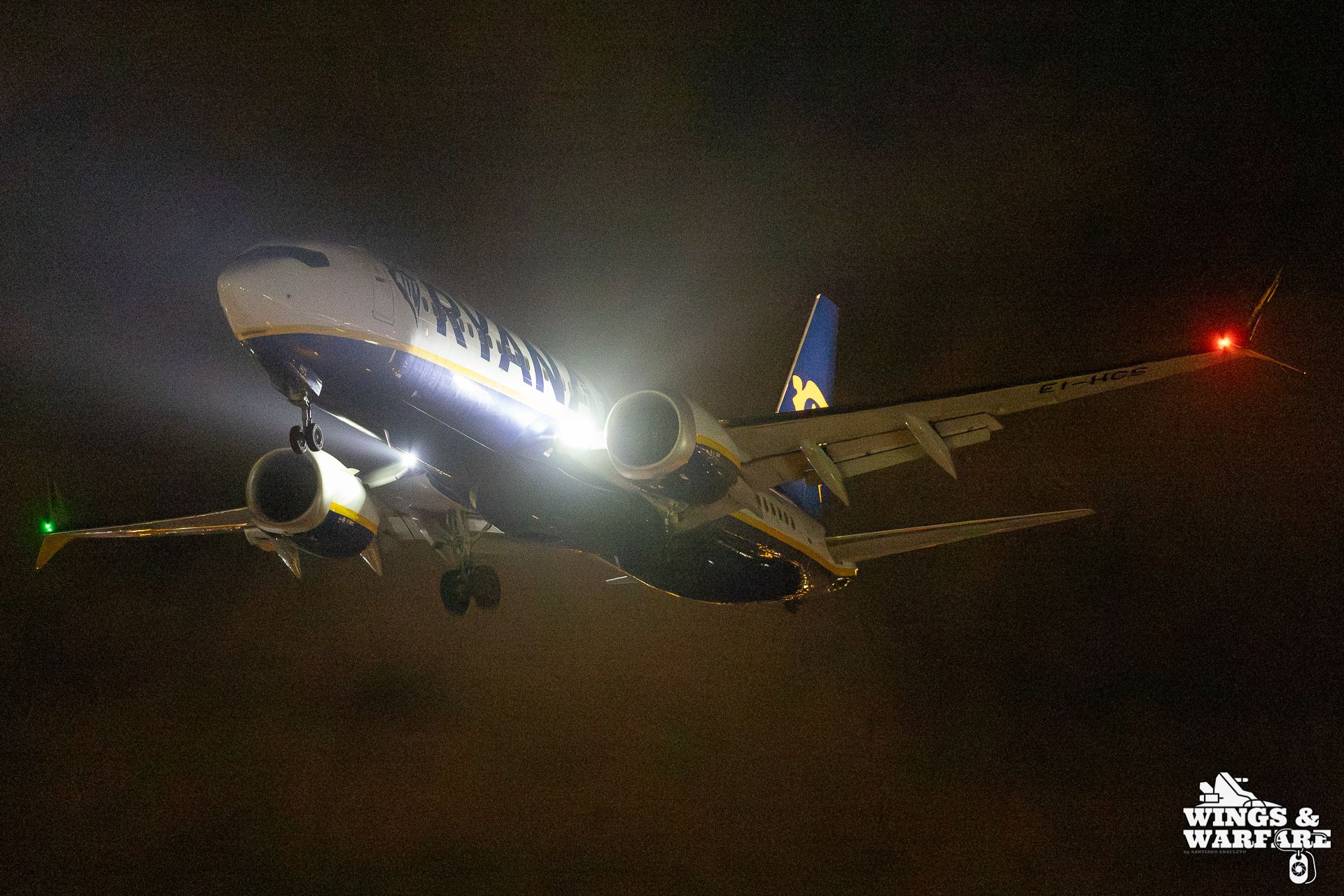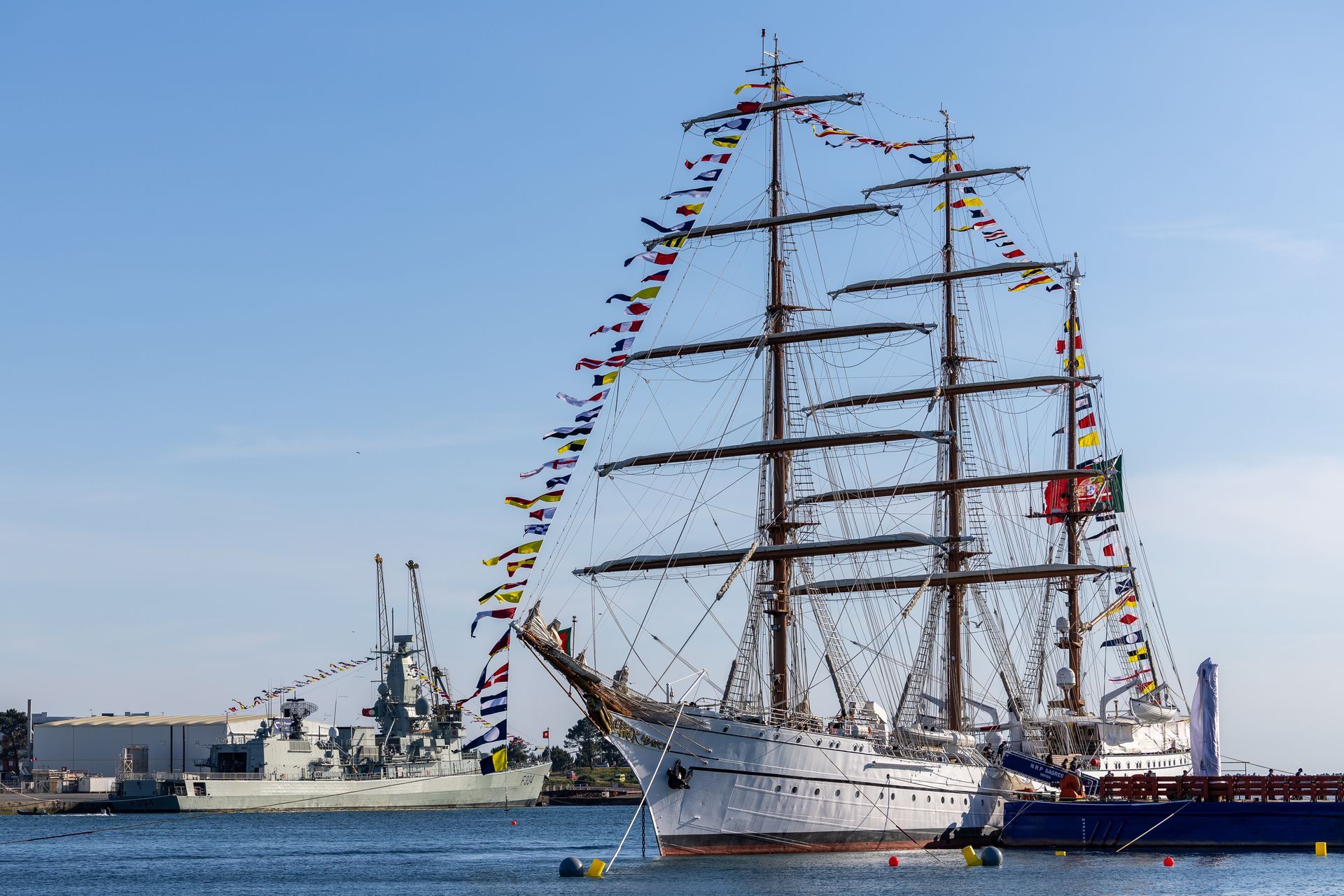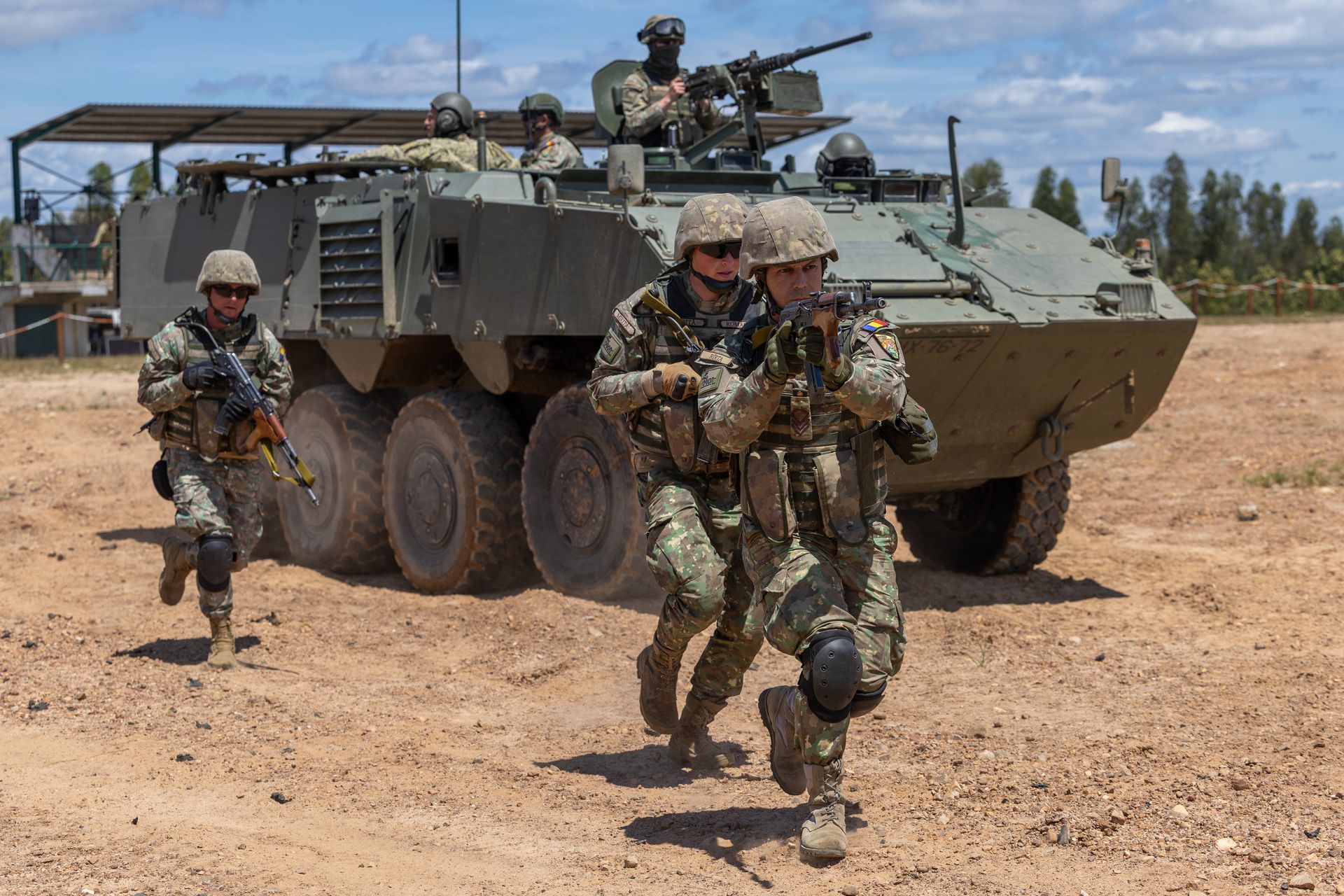Canon R3 Field Review: A Combat-Ready Tool for Military & Aviation Photojournalism
How the Canon R3 handles fast jets, low-light tasks, and life on the military photojournalist’s beat.
Ever since I started in defense and aviation photography, I've always been looking for a camera that offers robustness, reliability and speed - both in the shutter and in the response of the autofocus system. After several years of using the Canon EOS R and R7 as my main cameras, I recently had the opportunity to purchase the Canon R3. Now, with several missions and spotting sessions completed, I feel I can finally share a realistic analysis of what this camera represents for my work.
The demands of military and aviation photojournalism require us to work with reliable, fast and robust tools. Although the Canon EOS R1 is technically the pinnacle of the brand's mirrorless line, the truth is that the R3 surprised me. It's a real war machine - literally and figuratively - with outstanding performance in many aspects, positioning itself as an extremely solid alternative for those who demand the maximum but want to hold back a little on investment.
Canon EOS R3 Technical Performance - The Basis of Everything
The Canon EOS R3 is a full-frame mirrorless camera with a 24.1 megapixel stacked CMOS sensor, which offers an excellent combination of resolution and low-light performance, ideal for defense and aviation photography. Powered by the DIGIC X processor, the camera guarantees fast and efficient image processing, allowing you to work smoothly even in demanding situations.
The ISO range goes from 100 to 102400, expandable to 204800, which gives it great capacity to operate in low-light environments without compromising the quality of the photos.
The R3's electronic viewfinder has 5,760,000 dots, providing a clear and detailed view, although it is not as advanced as that of the R1. Even so, it offers a very comfortable visual experience for the user, making it easy to frame and assess the scene in real time.
In terms of speed, the R3 achieves up to 12 frames per second in mechanical shutter release, and up to 30 fps in electronic shutter - figures that translate into the ability to capture fast action with precision and reliability.
The magnesium alloy body is sealed against dust and moisture, ready to withstand demanding operating environments. For someone like me, who often works in scenarios with dust and mud thrown up by the Army's armored vehicles, or debris lifted by the downwash from helicopters, it's comforting to know that the equipment is designed to withstand this kind of aggression.
One point to note is the hotshoe protection. Although I wasn't particularly happy with the original protection included with the R3 (I lost it on the very first job), I ended up opting for the ER-SC3 cover from the R1 - which, fortunately, is compatible. This replacement makes the camera fully protected against the elements. Important note: the R3's hotshoe contacts are very sensitive and should always be protected when you're not using a flash or other accessory.
The deep grip offers a firm, natural grip, ideal for long periods of use with heavy lenses or even when operating with gloves. I had the opportunity to use the EF 200-400mm with the R3 and I can say that the design of the grip made it much easier to support the weight of the kit. Of course, after a few minutes pointing it at a Portuguese Navy Lynx MK95, my arms were already complaining - but that's another story.
The ergonomics are exemplary: every button and dial is positioned for quick and intuitive access, allowing you to operate with confidence even in situations of stress or intense action.
(The EOS R3 delivers durability on par with Canon’s flagship standards, while offering a more compact, field-friendly form factor. Its magnesium-alloy construction and weather-sealed design are engineered to withstand dust, moisture, and demanding use — giving photographers the confidence to stay focused on the assignment rather than the conditions.)
This isn't a "compact" camera - it's a machine that inspires respect, designed for those who work in the field and need equipment that can withstand and match the pace of the mission.
And for those who spend hours on the floor of a taxiway in uncertain weather, this makes all the difference.
(A dust-off landing of an EH-101 Merlin during Exercise ORION 25 - a typical example of the conditions I encounter in my work and that is anything but camera-friendly.)
Fast, Intelligent and Precise Autofocus
The R3 is light years ahead of the R7 and R when it comes to the capability of its autofocus system, especially when tracking fast-moving objects.
During field tests, the camera demonstrated a remarkable ability to track subjects with erratic movements, such as military personnel in action or moving vehicles. In airport sessions photographing planes on final approach, I noticed that the autofocus occasionally struggled to select a focus area - particularly on all-white aircraft against a cloudy gray sky, which offered little contrast. To be clear, the R7 also suffers from this issue - but a hundred times more. With the R3, I noticed that it may hesitate briefly, wrestling to find contrast, but it quickly locks onto an area with much greater efficiency. Essentially, once the target is locked, tracking proves highly effective.
What I recommend - and this is how I've worked since I started using mirrorless cameras in this area - is to use the “Spot AF” mode, at least when photographing vehicles. This way, you tell the camera exactly where you want it to focus. In the case of people, there's no need for this extra care: the face and eye detection and tracking is truly phenomenal.
One of the features that stands out the most is Eye Control AF, which allows the photographer to direct the focus point just by looking in the EVF. This is undoubtedly an innovation that drastically reduces the time between identifying the subject and focusing on it. This is an especially useful tool in fast-action environments, where every millisecond can count.
In my experience, however, if the Eye Control is not calibrated precisely, it can become imprecise - and instead of helping, it ends up getting in the way. With time and practice, I often end up using the “old reliable” joystick, which, with the sensitivity adjusted, allows me to move the focus point quickly and relatively easily.
(As the Special Forces Operator moved around the fence-like simulated building, the R3 system locked onto him, ensuring continuous tracking and sharp, in-focus shots.)
(A similar scenario unfolded with this Portuguese Paratrooper as he and his squad prepared to assault an enemy position during Exercise BAMBARI 25. The R3 system locked onto him and didn’t let go.)
(As I mentioned earlier, during testing at the airport, some planes caused the autofocus to struggle—especially those that were entirely white, with a gray sky in the background that offered little contrast. This was not the case with the Norwegian Airlines Boeing 737, whose bright red color made it an easy target for the R3 to lock onto.)
(Even with fast jets like the Portuguese F-16, the R3’s autofocus tracking performs flawlessly, managing to follow and lock onto the subject with relative ease.)
(Even through the mud, the R3 easily recognized the two VAMTAC vehicles and kept them in focus. I should add that I had started focusing before they entered the mud, and even with the mud in the foreground, the camera did not lose focus.)
Readout Time: A performance that comes close to the R1
The readout speed of the R3's sensor is another point worth highlighting - and was, in fact, one of the factors that attracted me most to this model.
I was used to working with the R7, almost always with the mechanical shutter or electronic first curtain, since that camera suffers a lot from rolling shutter. We're talking about a readout time of approximately 31.3 ms, which, in certain situations, greatly compromises the result.
When I switched to the R3, this problem simply ceased to exist. Although the readout time is slightly longer than that of the R1, the R3's performance is still top-notch. The camera is equipped with a Stacked Back-Side Illumination CMOS sensor, which allows a readout time of just 4.8 ms - a huge leap from the R7.
(Back in April 2025, while working with 551 Squadron in Serra da Estrela during a water-scooping operation with a Bambi bucket, I was shooting with the electronic shutter and had to use a shutter speed of 1/200 sec to create motion blur in the rotor blades. As you can see, the blades were captured without any distortion.)
(Even at slow speeds, such as 1/25 sec, when using the electronic shutter, there is no distortion.)
(In this case, when photographing the propellers of a P-3C Cup + engines at 1/200 sec, no distortion is visible either.)
(When photographing an AT-802F Fireboss at 1/100 sec, it was even possible to capture the entire propeller disc, blur the background with panning, and once again, without any distortion.)
No Pre-Shooting - what to do?
Something that came as a surprise to me is that the R3, unlike the R1, doesn't have Pre-Shooting mode - a feature that records frames before the shutter is triggered. However, with some foresight and the right combination of factors, it is possible to achieve almost identical results.
The key is to use a high-performance CFexpress Type B card, which guarantees almost instantaneous buffer recovery, even when shooting continuously in RAW format. In continuous shooting mode H, and with some ability to anticipate the behavior of the subject, it is possible to maintain a long sequence of shots until you capture the exact moment you want.
In one of the practical tests I carried out, it took 83 frames to capture the ideal moment. How was I able to anticipate that moment? It was simple: all I had to do was observe when the permission to fire was given and pay attention to the body language of the soldier who was going to fire.
All this goes to show that, with experience and the right preparation, it's perfectly possible to compensate for the absence of Pre-Shooting on the EOS R3.
(These are two examples of what I mentioned above. The first photo is from the scenario I described earlier: after the order to fire was given, and while closely observing the body language of the soldier who fired, I captured about 83 frames in Shooting Mode H before getting this shot.)
Image quality - A very well struck balance
At first glance, the R3’s 24 MP might seem “low” - especially for those coming from an R or R7. However, these megapixels are put to very good use. The camera delivers excellent dynamic range and exposure latitude, with RAW files that are easy to recover in post-production.
Low-light capabilities
In terms of ISO, the R3 copes incredibly well with high values, without any significant loss of detail - something that is essential in dark hangars or on night departures on the flight line.
To test this ability, we returned to Porto Airport - the same place where I tested the R1. Although, this time, the residual ambient light was slightly higher (still coming in after sunset), the overcast sky ended up attenuating the darkness considerably. Of course, these conditions are not ideal for using shutter speeds high enough to freeze planes in motion. Even so, the EOS R3 demonstrated formidable performance.
Using ISO values between 32,000 and 102,400, I achieved shutter speeds between 1/320 and 1/500 sec, combined with an aperture of f/2.8. This allowed me to capture focused shots of aircraft with surprising quality and well-preserved detail, even at naturally high noise levels. For those seeking even 'cleaner' results, tools like Lightroom’s DeNoise AI are excellent allies.
Of course, when talking about a photo taken at ISO 102 400, we have to bear in mind that, even after careful post-processing and a “nice” dose of noise reduction (without leaving the image with that “washed out” look), it's hard to say that the photo is “good”. But it's still impressive how this sensor handles such high ISO values, especially in an extreme low-light scenario.
Most importantly, you have the confidence that if the light starts to fade, there's no need to be afraid of raising the ISO - the camera can handle the challenge.
(This photo was captured at 1/320 sec, f/2.8, and ISO 32,000. In the second photo, post-processing included 35% DeNoise AI in Adobe Lightroom Classic.)
(This photo was captured at 1/320 sec, f/2.8, and ISO 40,000. In the second photo, post-processing included 35% DeNoise AI in Adobe Lightroom Classic.)
(This photo was captured at 1/400 sec, f/2.8, and ISO 51,200. In the second photo, post-processing included 35% DeNoise AI in Adobe Lightroom Classic.)
(In my most recent work with GIOE operatives, we captured the operational component in low-light conditions and the use of night vision goggles. In this scenario, with minimal light - only a faint glow from a large window far from my position - I had to increase the ISO to get the shot. For this photo, I used 1/800 sec, f/2.8, and ISO 64,000. In the following image, I applied 35% DeNoise AI in Adobe Lightroom Classic.)
(And now, the most extreme example. This photo was captured at 1/500 sec, f/2.8, and ISO 102,400. In the second photo, post-processing included 35% DeNoise AI in Adobe Lightroom Classic.)
Autonomy
The LP-E19 batteries, which have been used since the 1D X Mark II, are living proof of their reliability and working capacity. This battery model has been used in all of Canon's top-of-the-range bodies ever since - including the latest R1.
This battery provides outstanding autonomy, letting you shoot a very high number of frames on a single charge. In my experience, it easily exceeds the figures published in Canon’s official specifications. For example, during the Air Base No. 8 Open Day, I began shooting with the battery at 100%. By the end of the day, after taking roughly 7,500 shots, I still had 47% remaining.
In real-world use, this kind of battery delivers enormous staying power - especially during intensive burst-shooting sessions. For photographers working in the field, where you don’t always have the time or opportunity to swap batteries, that level of energy reliability makes all the difference.
Conclusion
The Canon R3 may not be the “most high-end” camera in the range - that title undoubtedly belongs to the R1. However, in practice, it offers the best balance between performance, reliability and ergonomics.
For a defense and aviation photographer like me, who alternates between the controlled environment of an air base and the unpredictable chaos of a multinational exercise, the R3 is simply ideal.
Compared to the R7 and R, the leap is gigantic. Compared to the R1, the choice becomes rational: it's slightly inferior in terms of specs, yes, but it offers superior usability in certain contexts - and at a more affordable price.
If your work requires precision, speed and endurance, but you don't want to (or can't) go up to the level - and cost - of the R1, then the R3 is honestly the best option available right now. It's a balanced choice for both demanding professionals and serious enthusiasts.
The Canon EOS R3 is, without a shadow of a doubt, a real workhorse - designed for those who work in demanding environments, where every second counts and there's no margin for failure.
